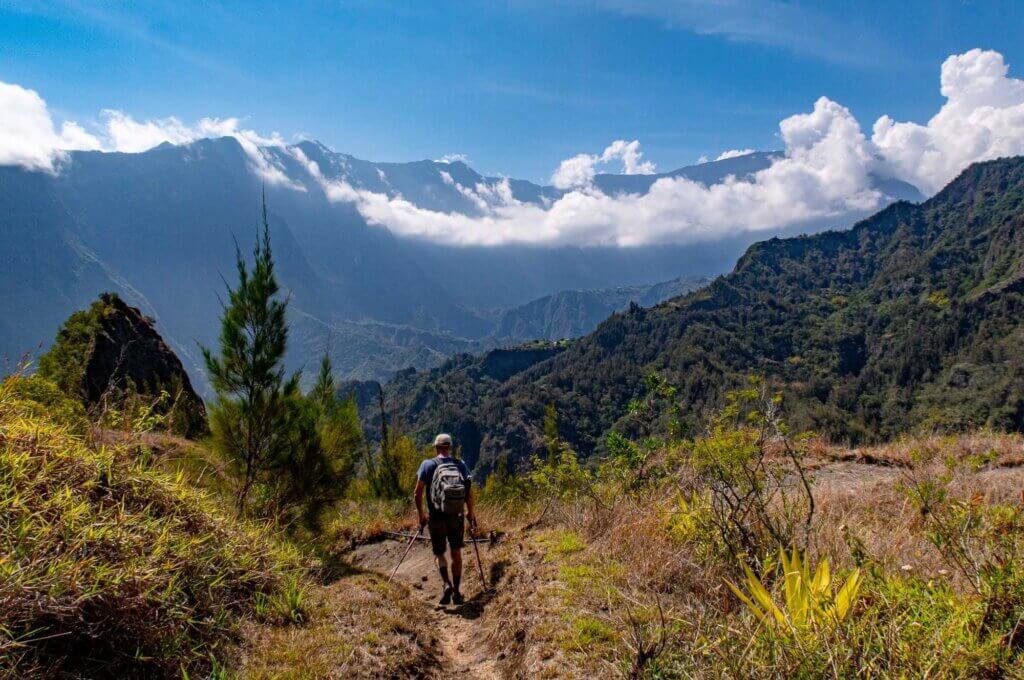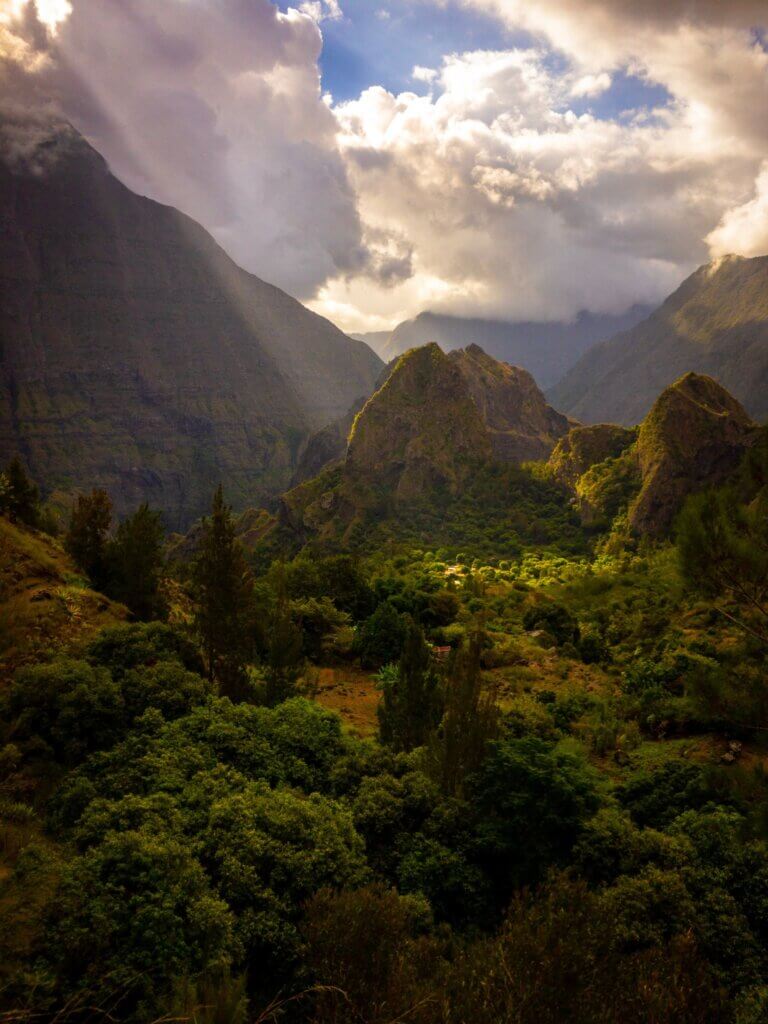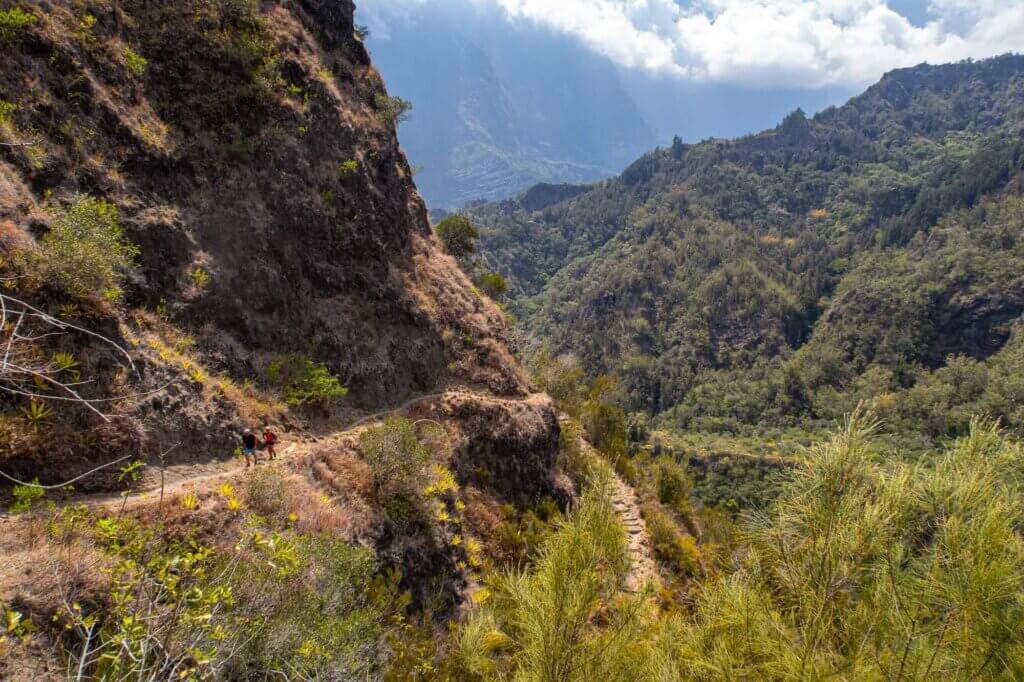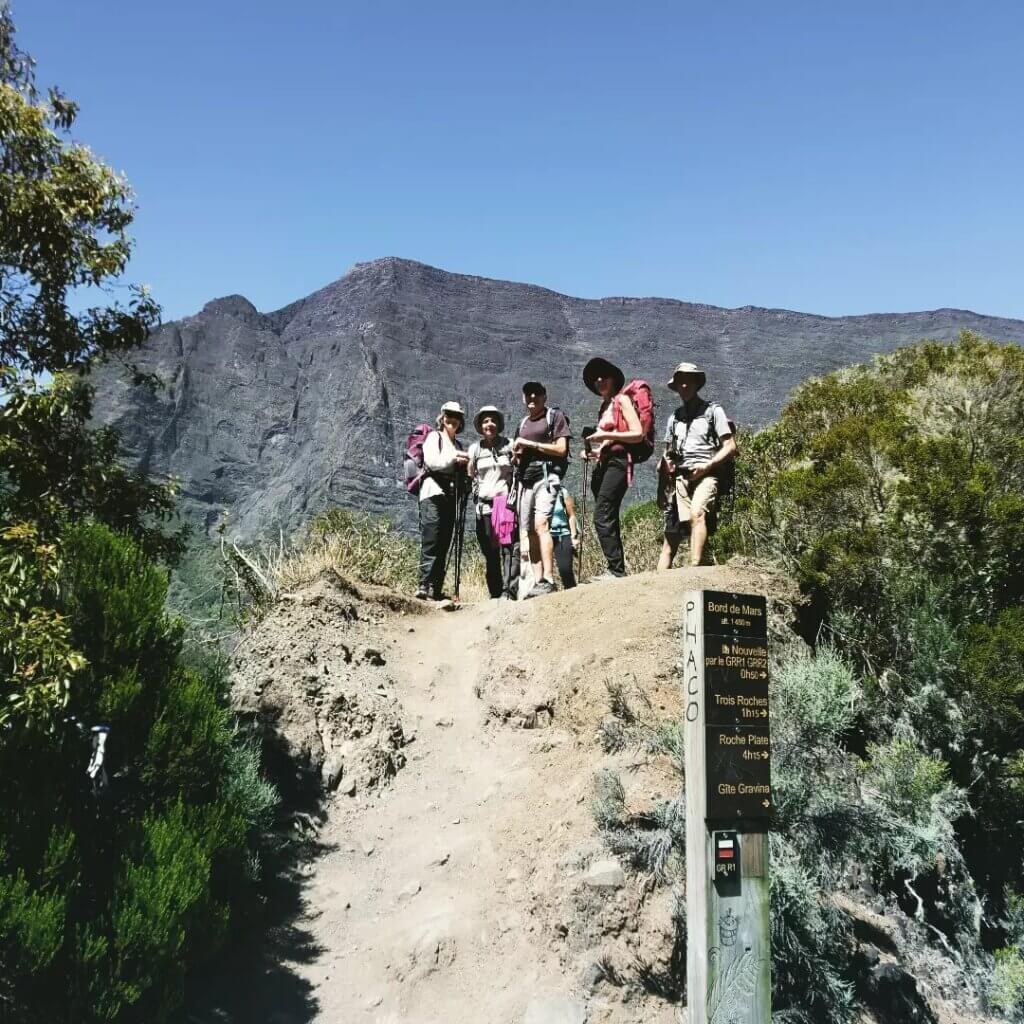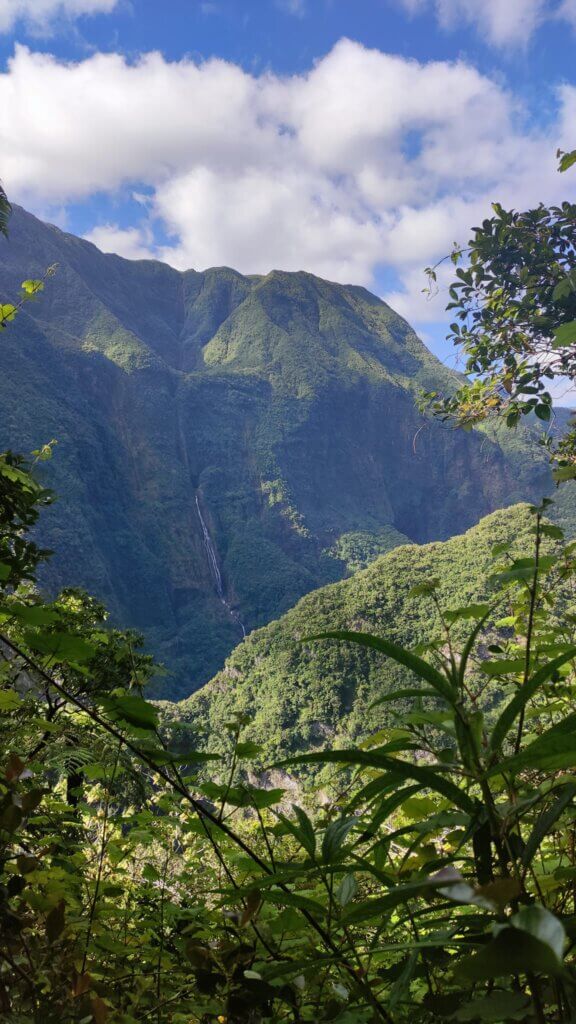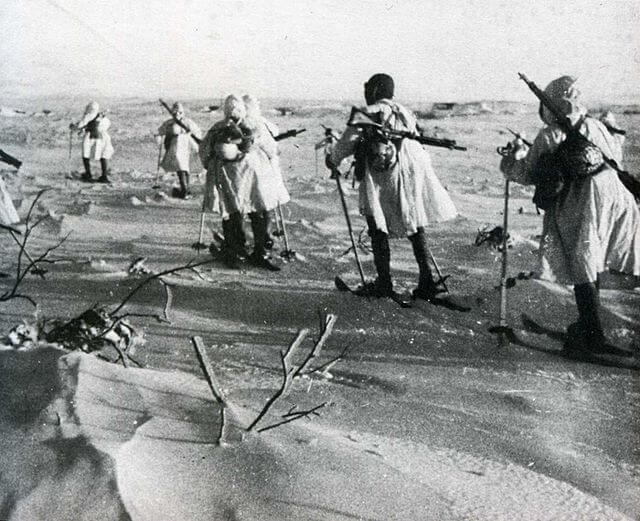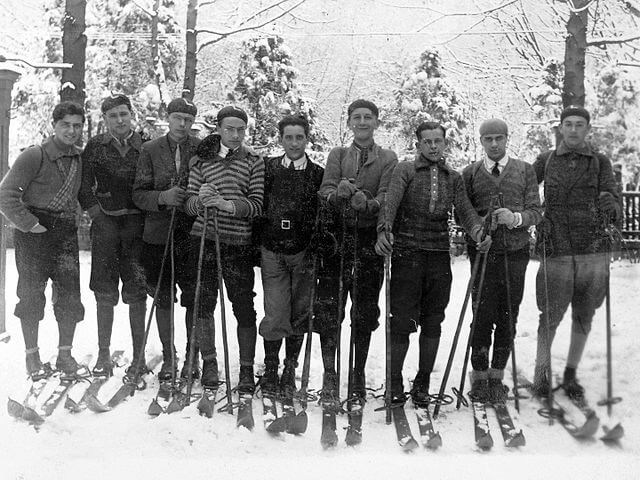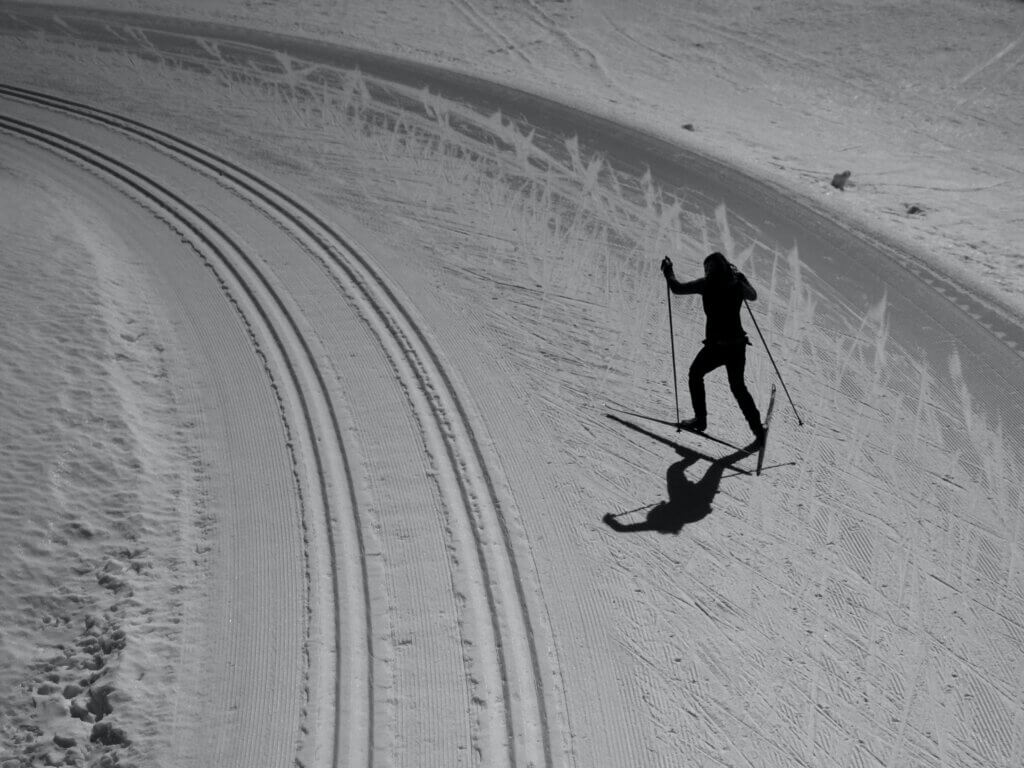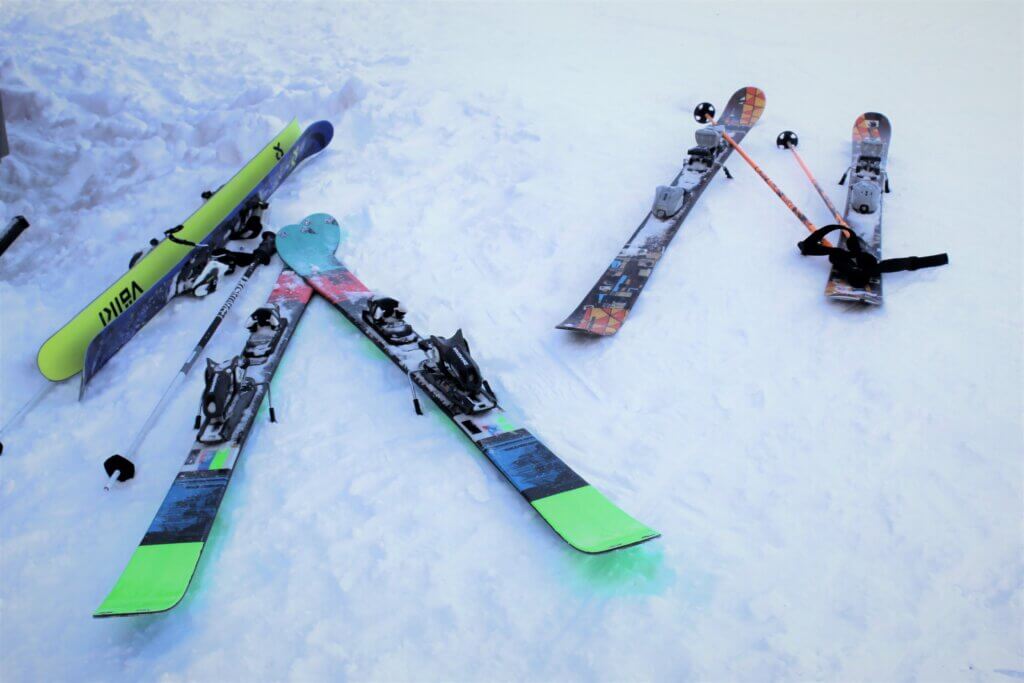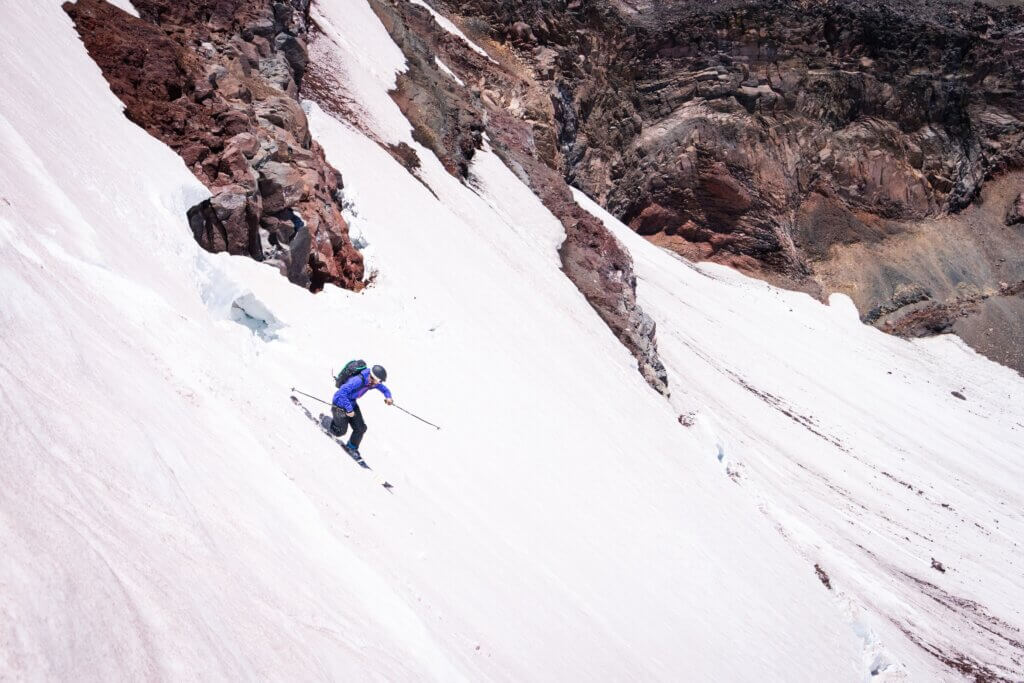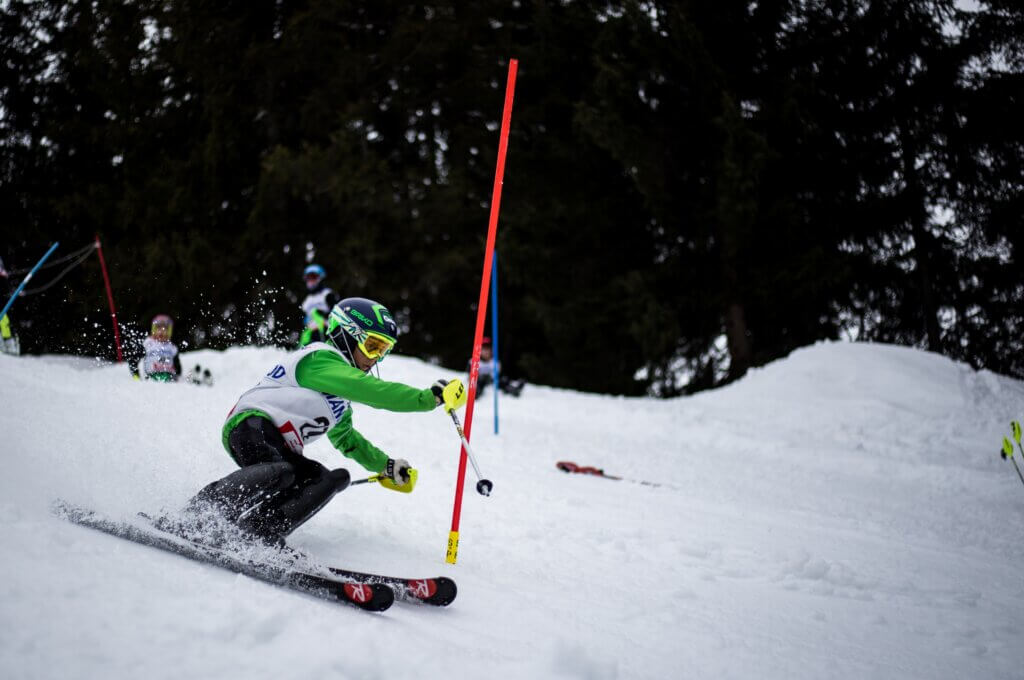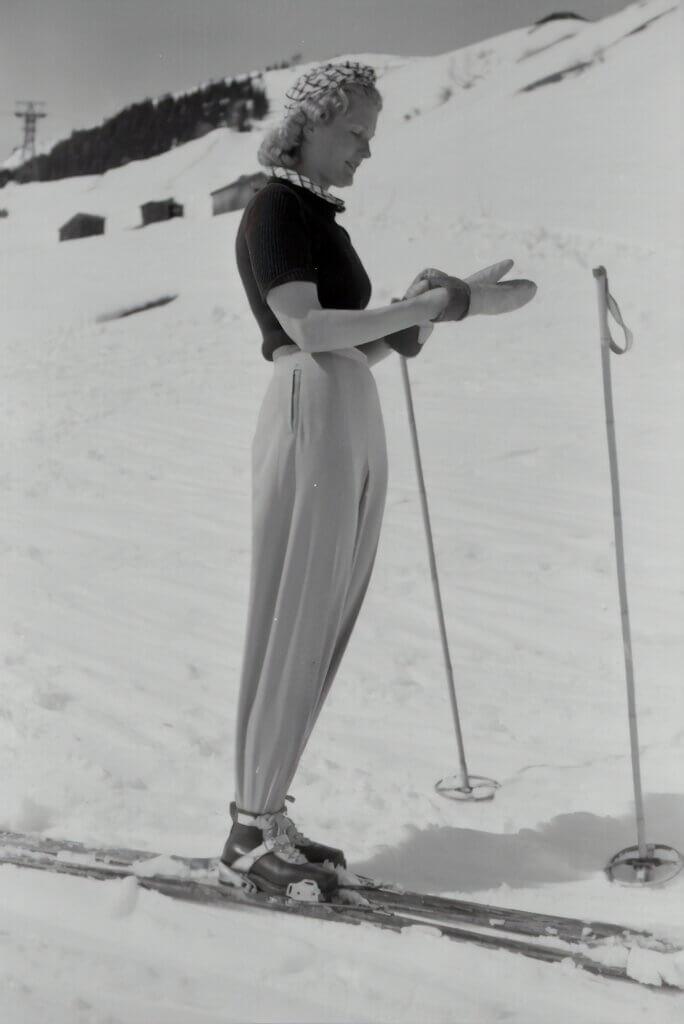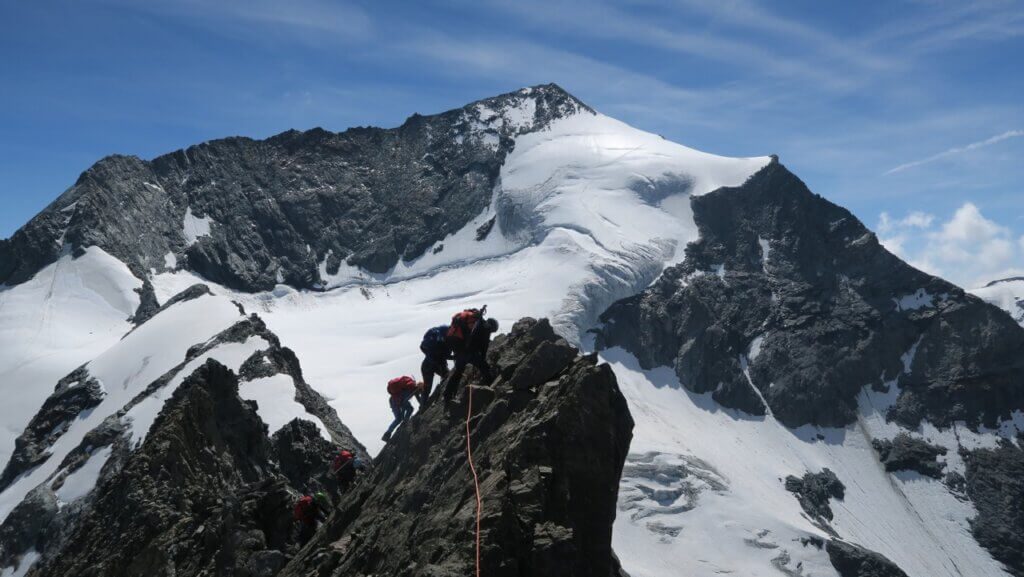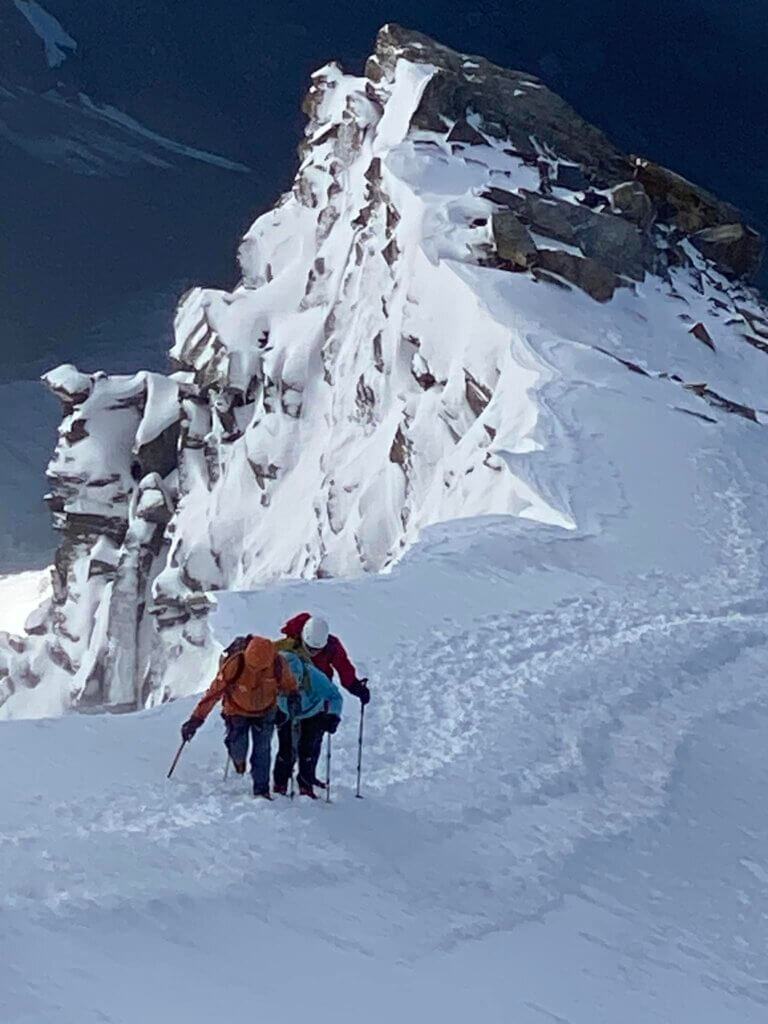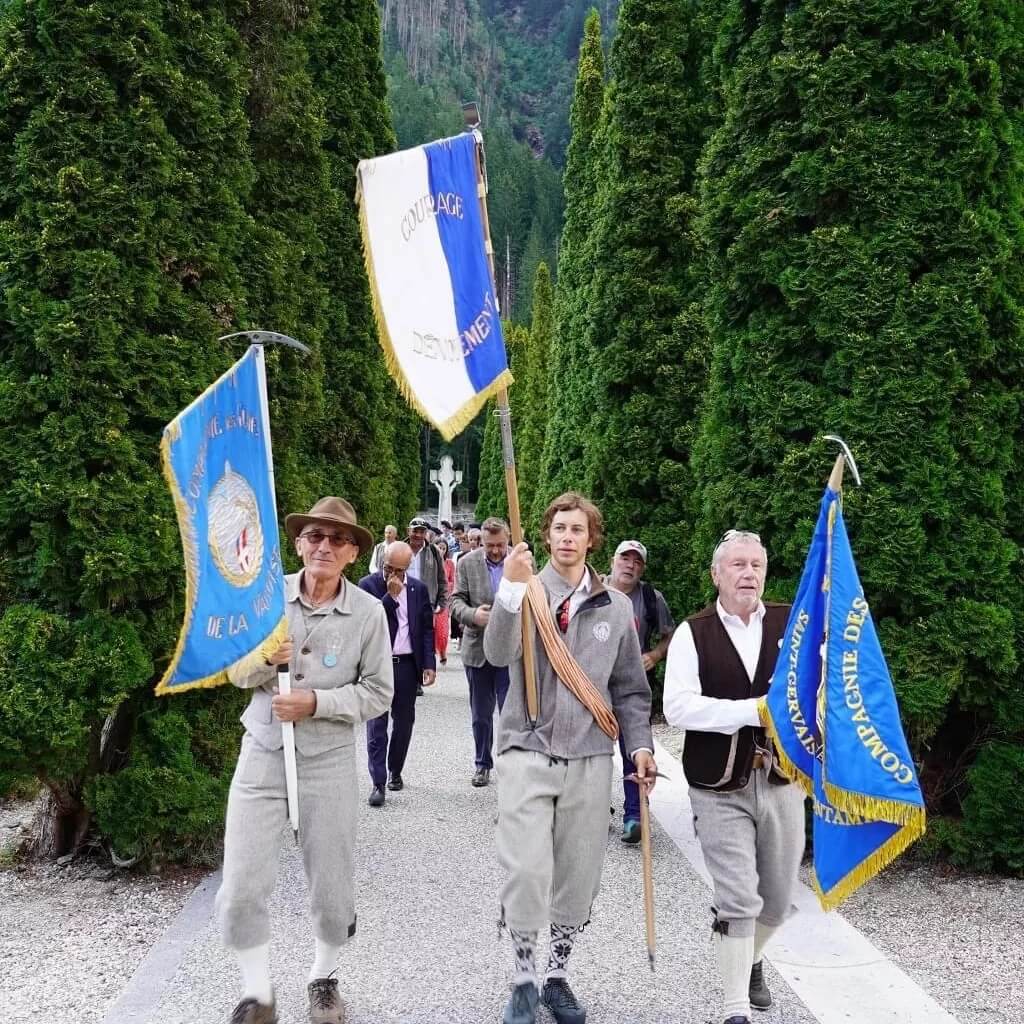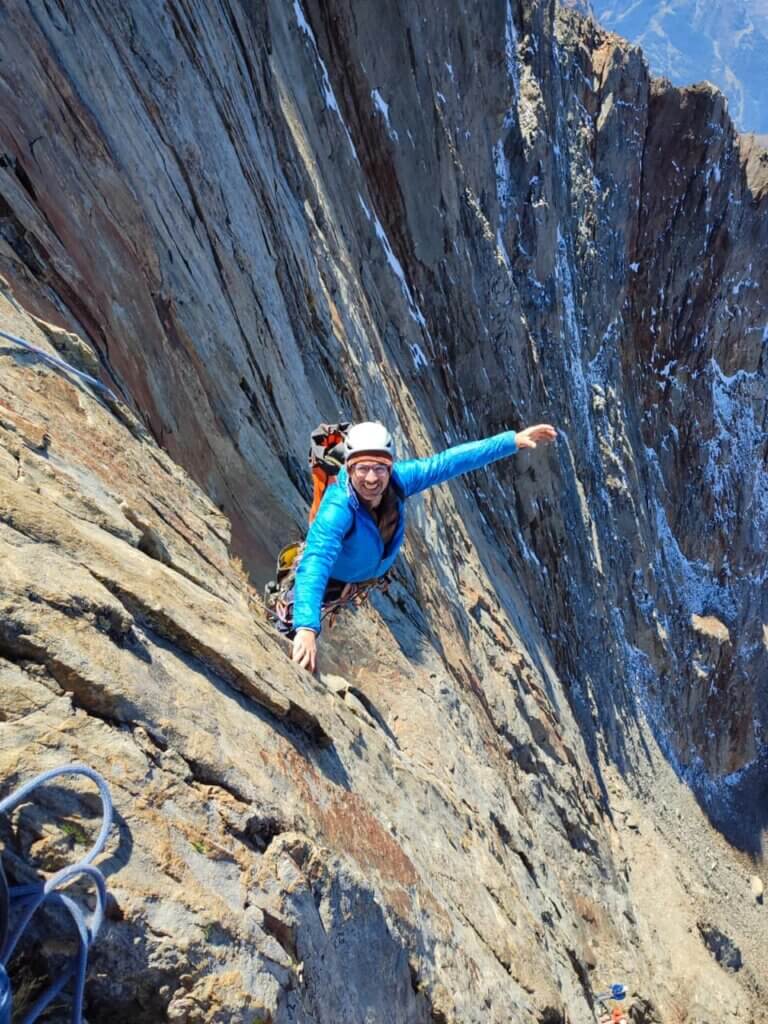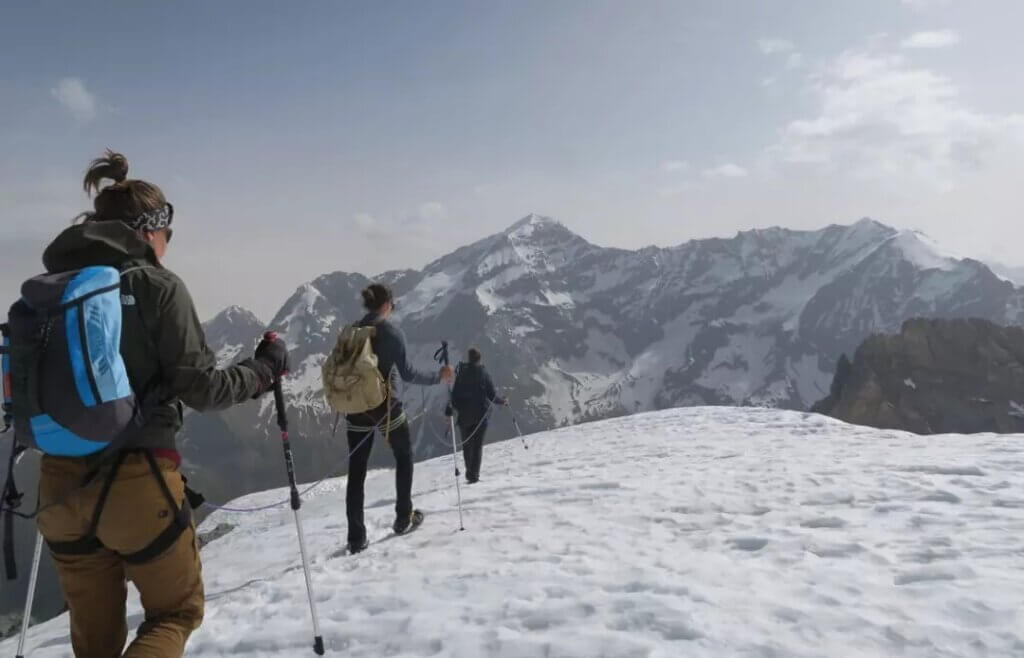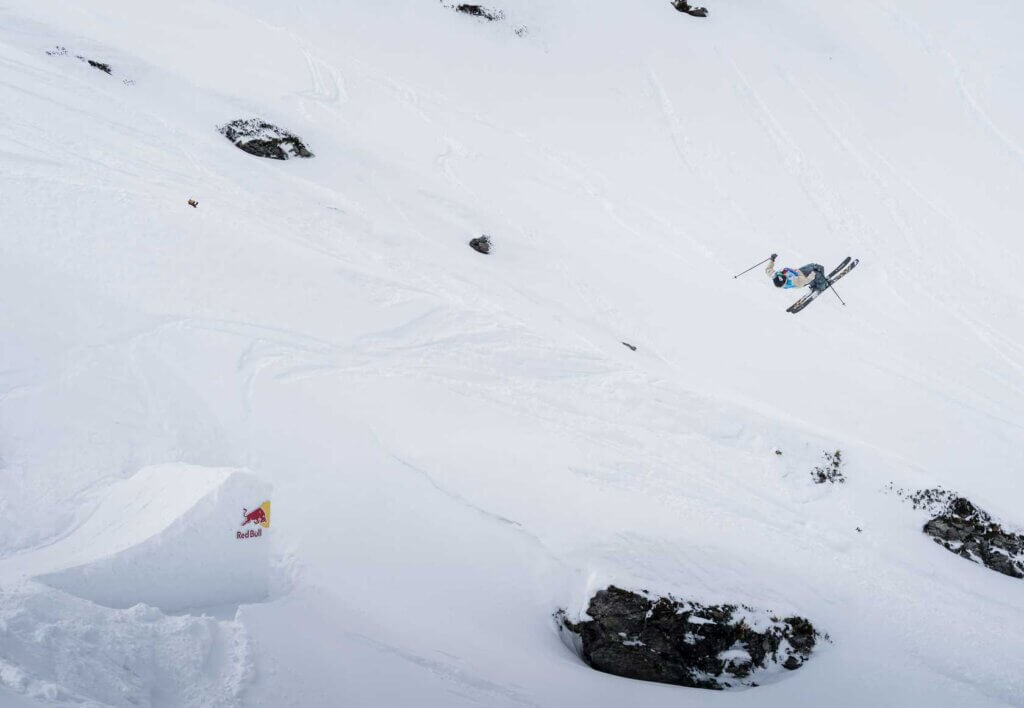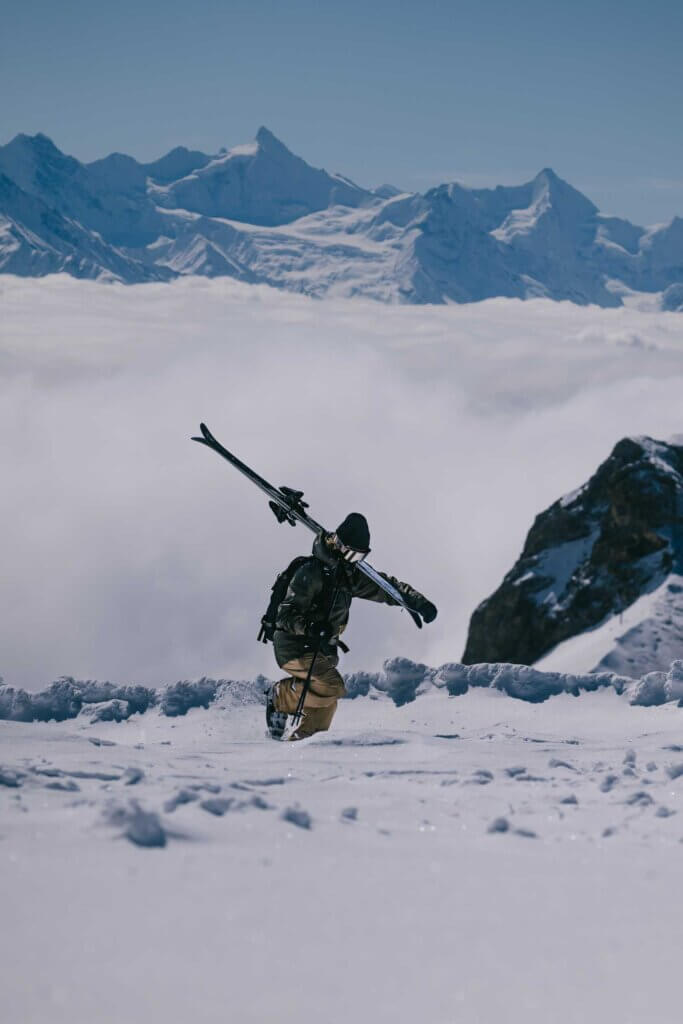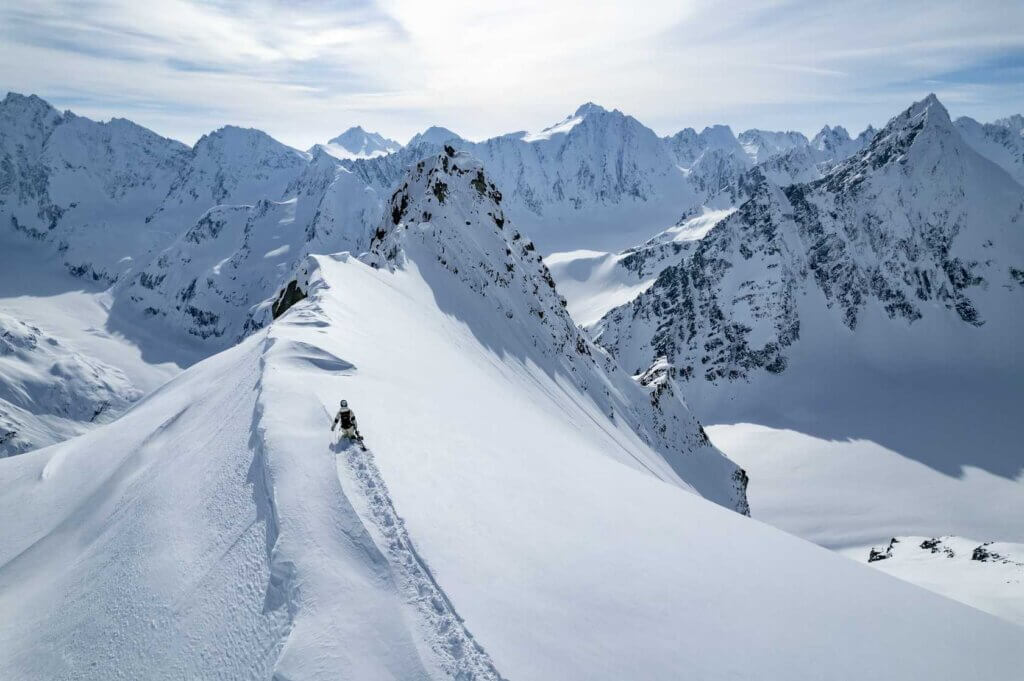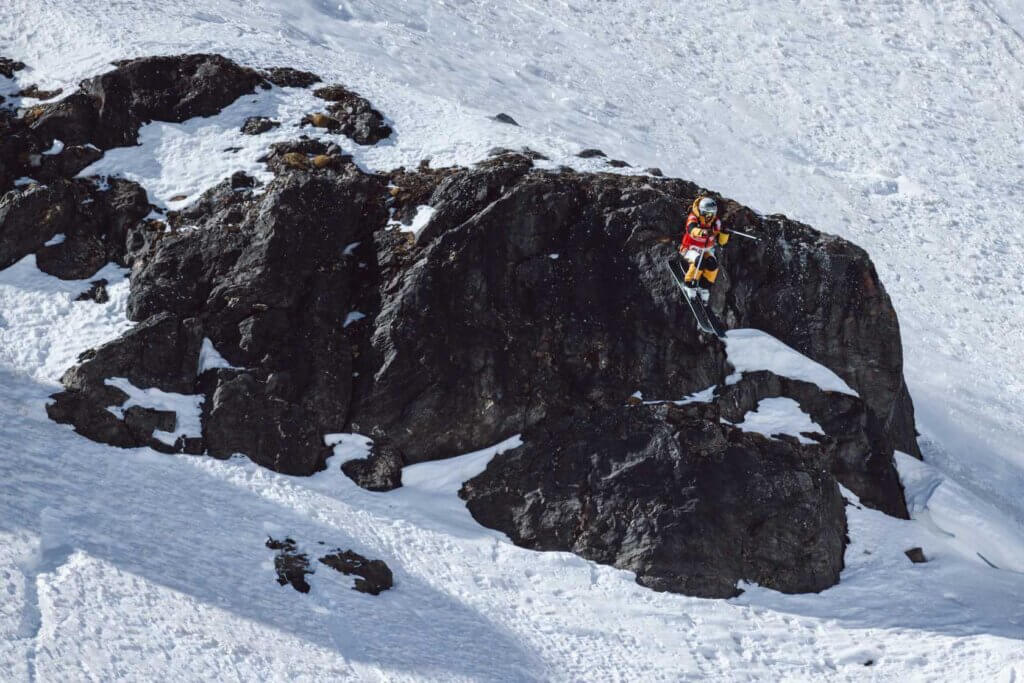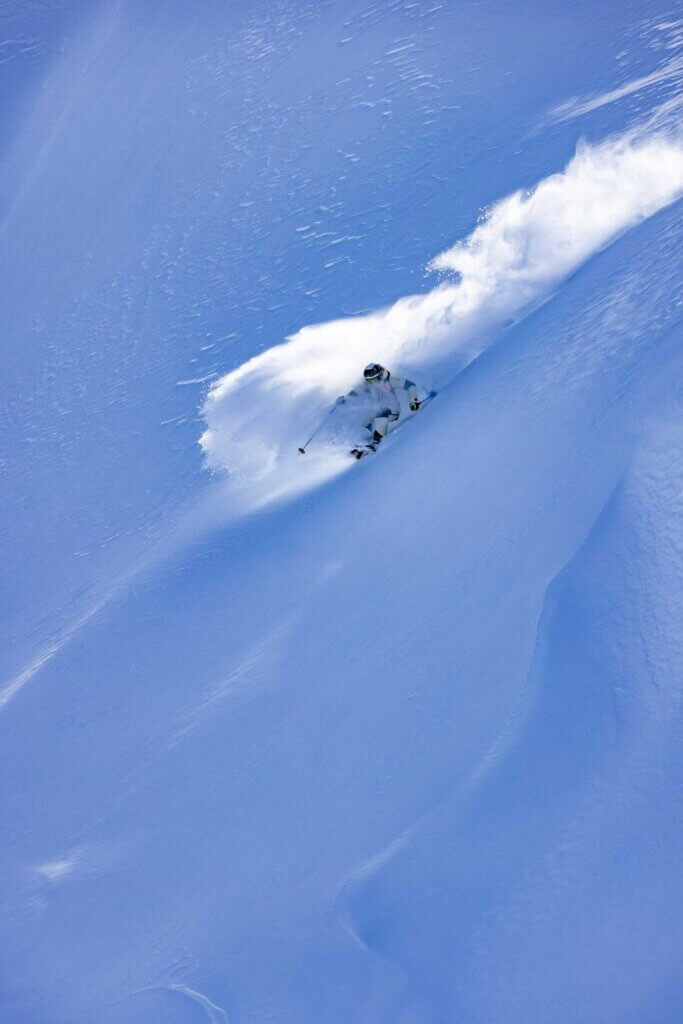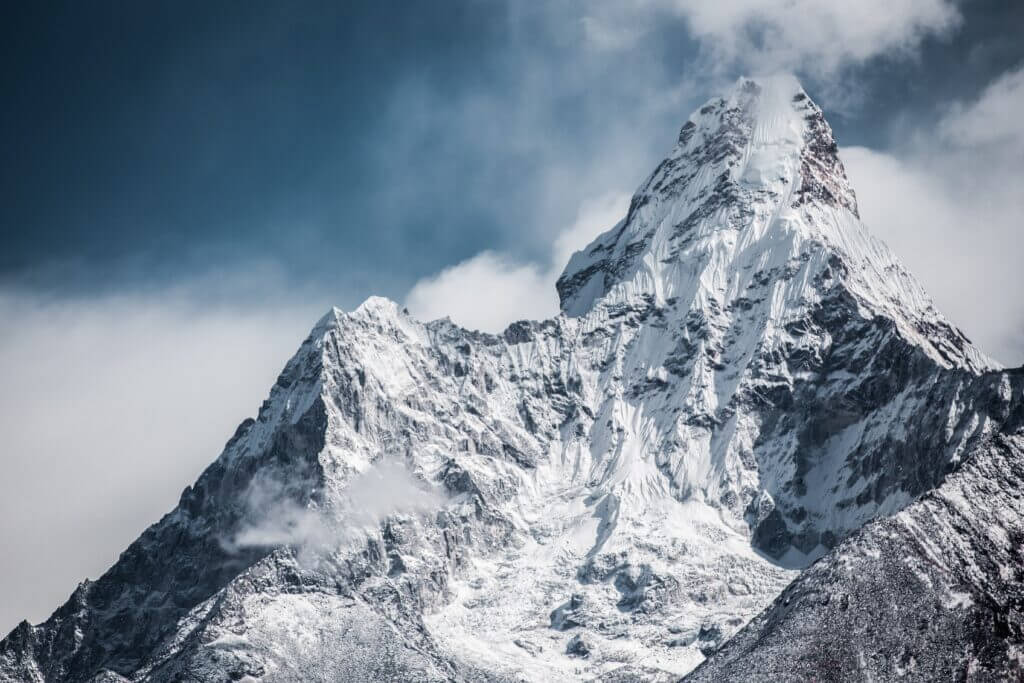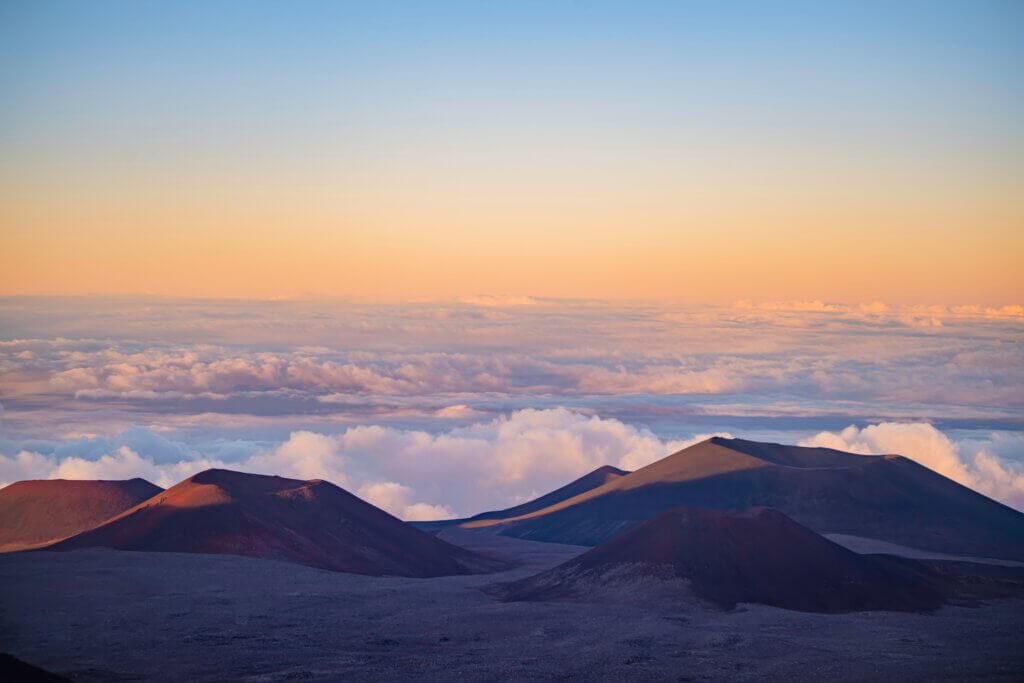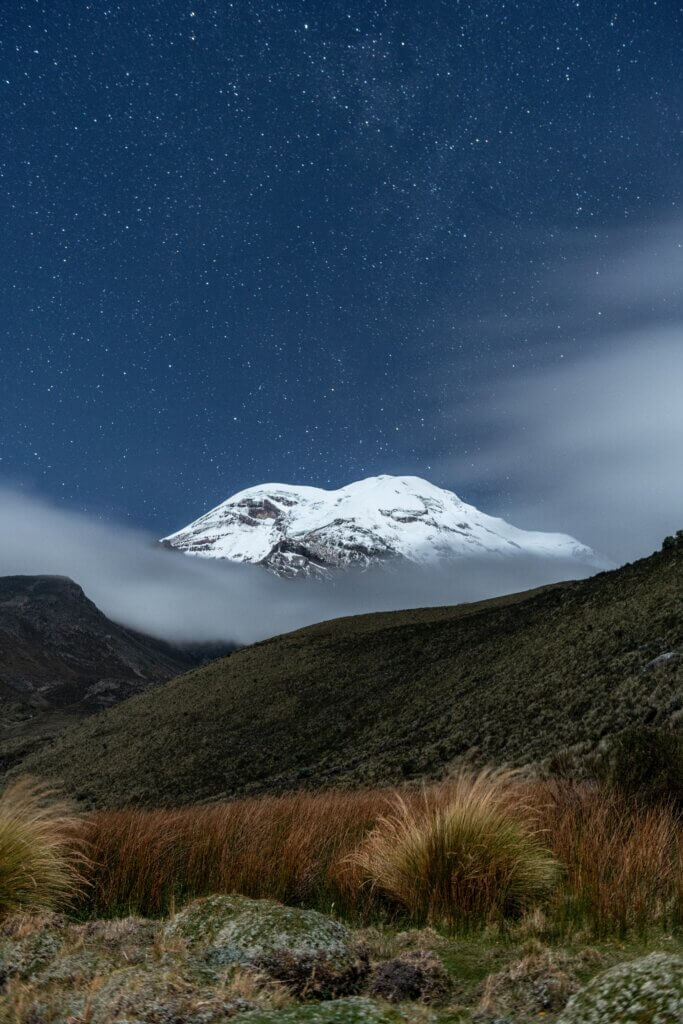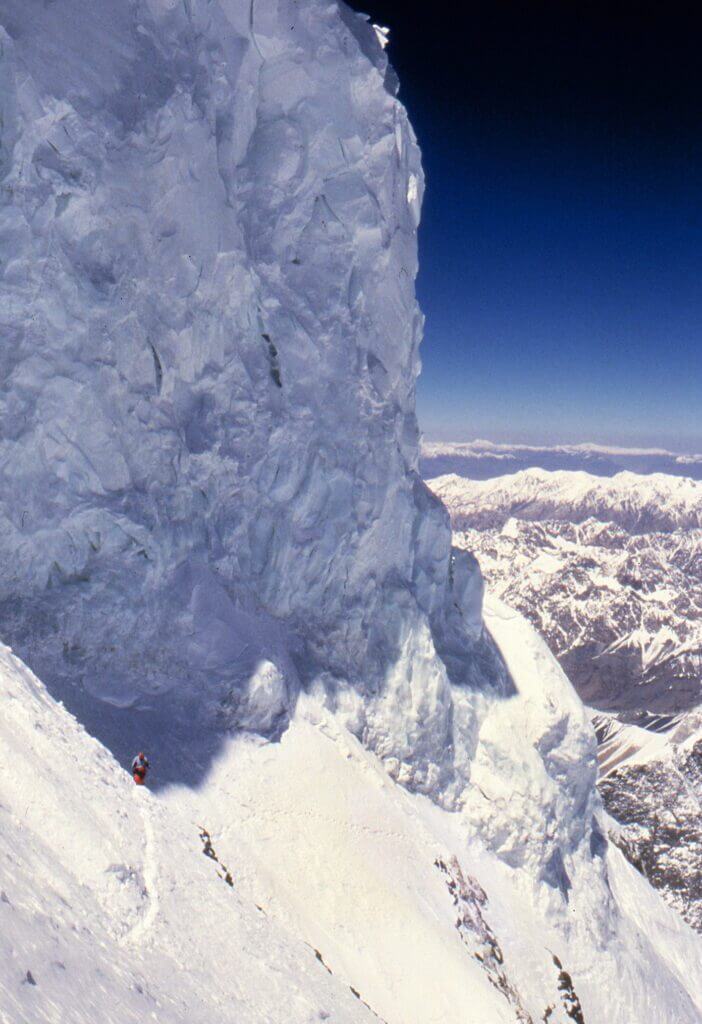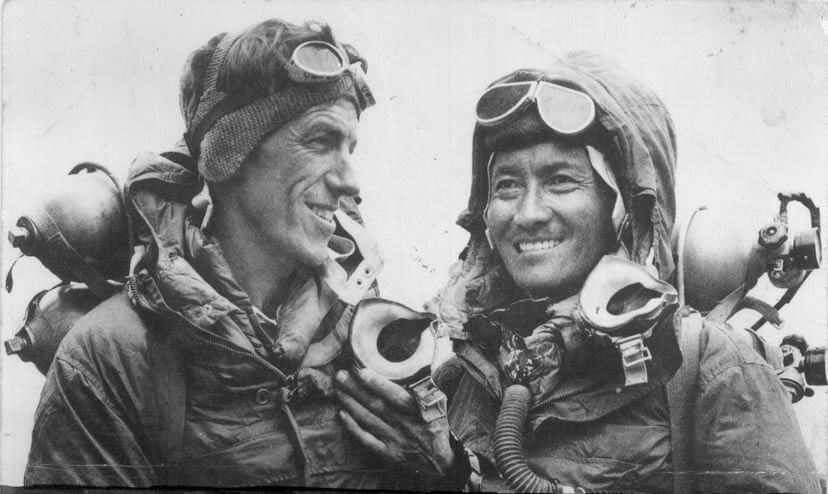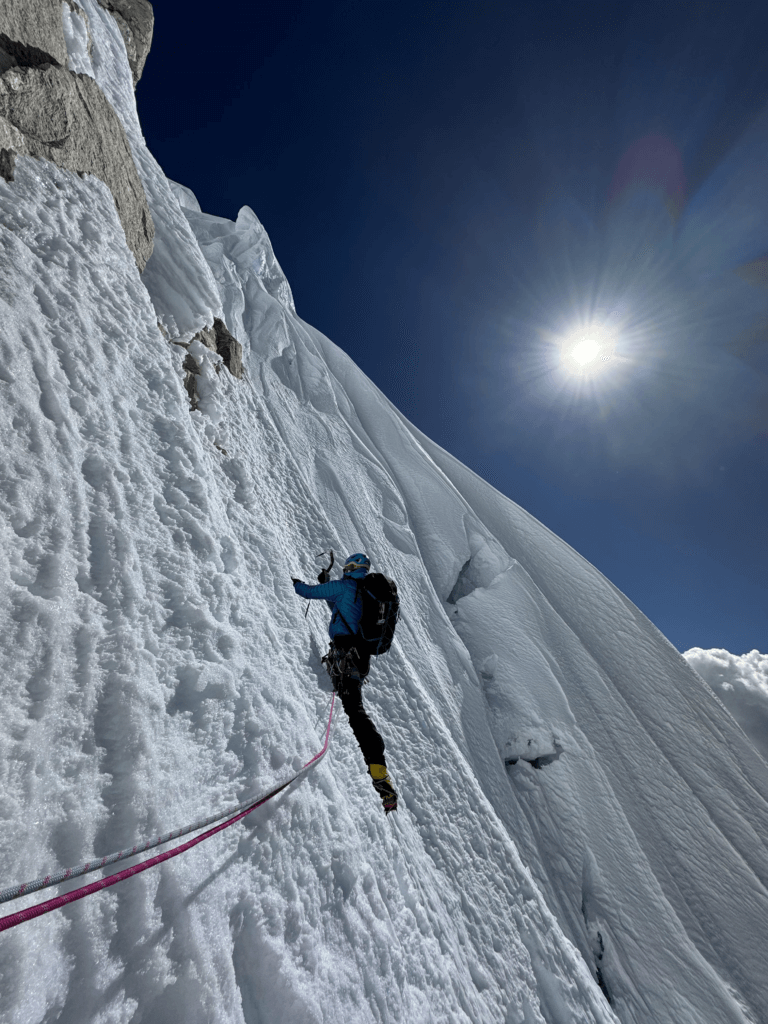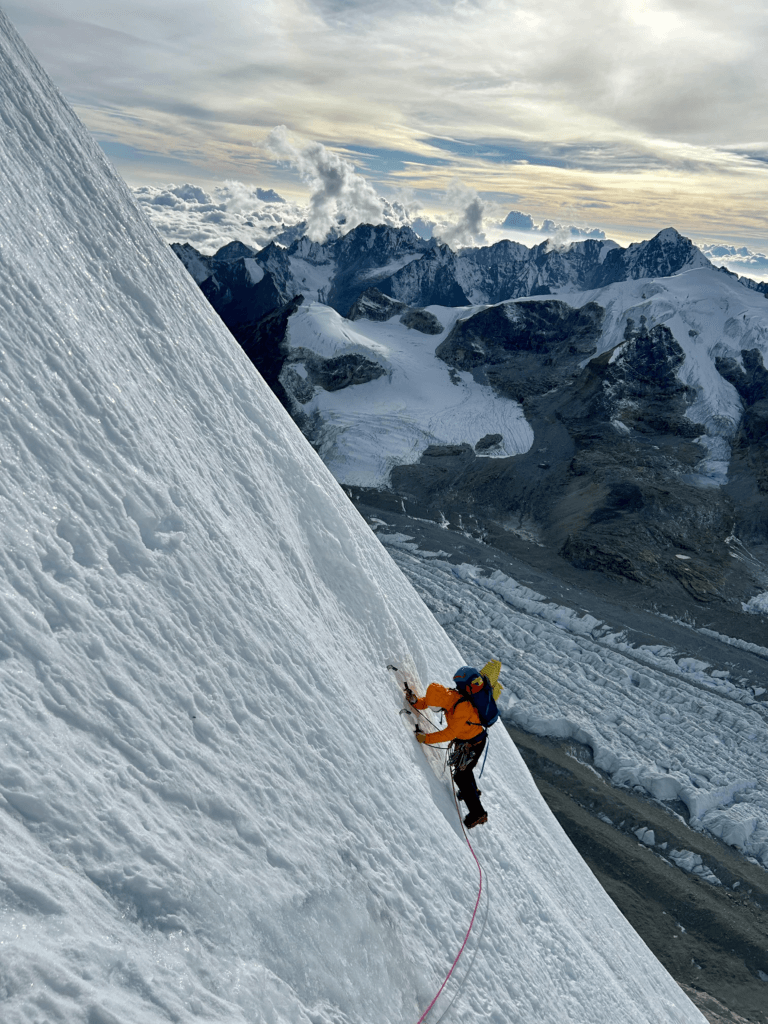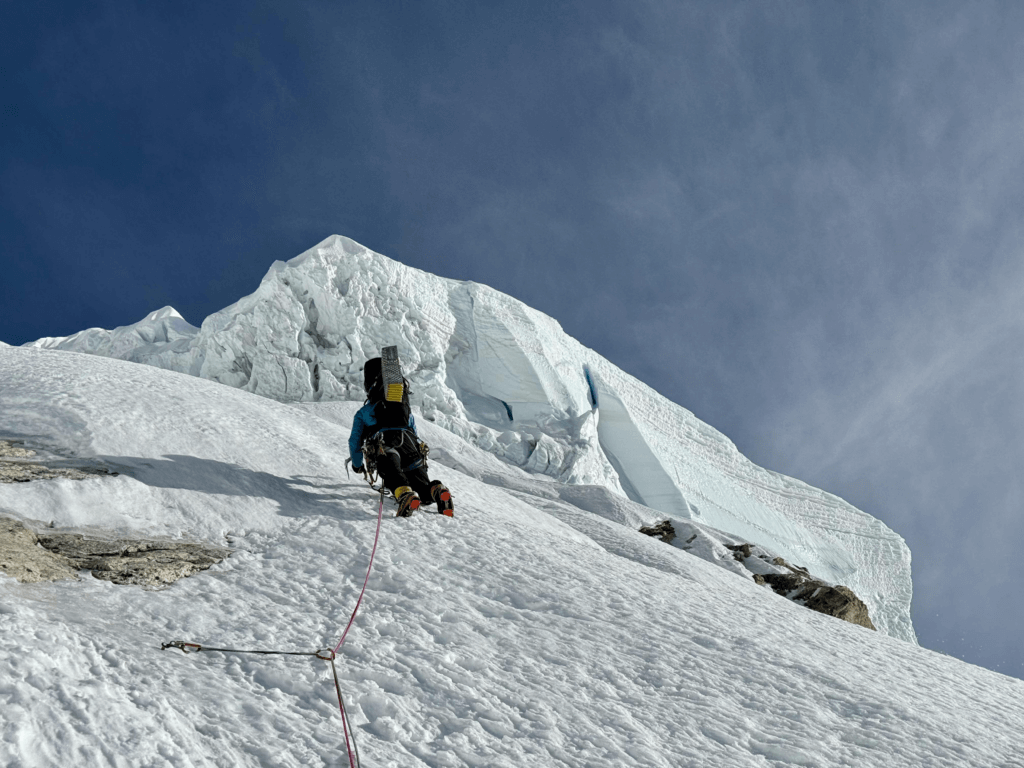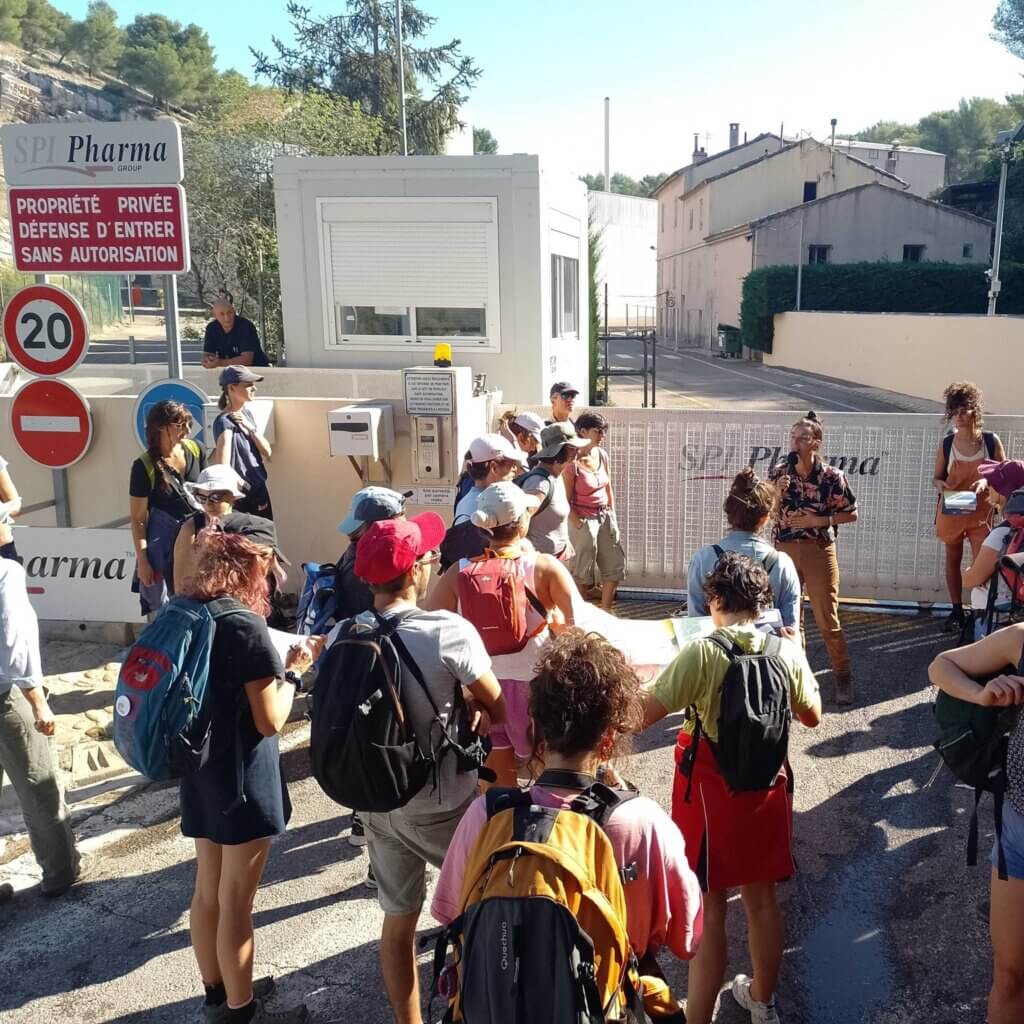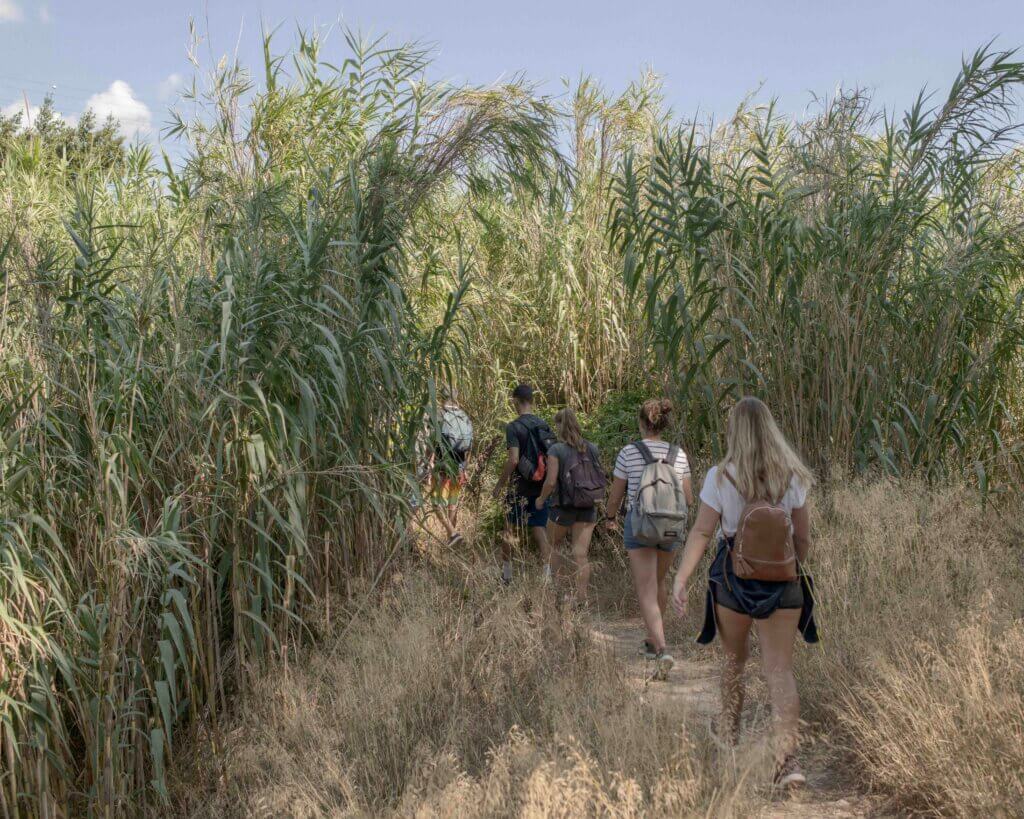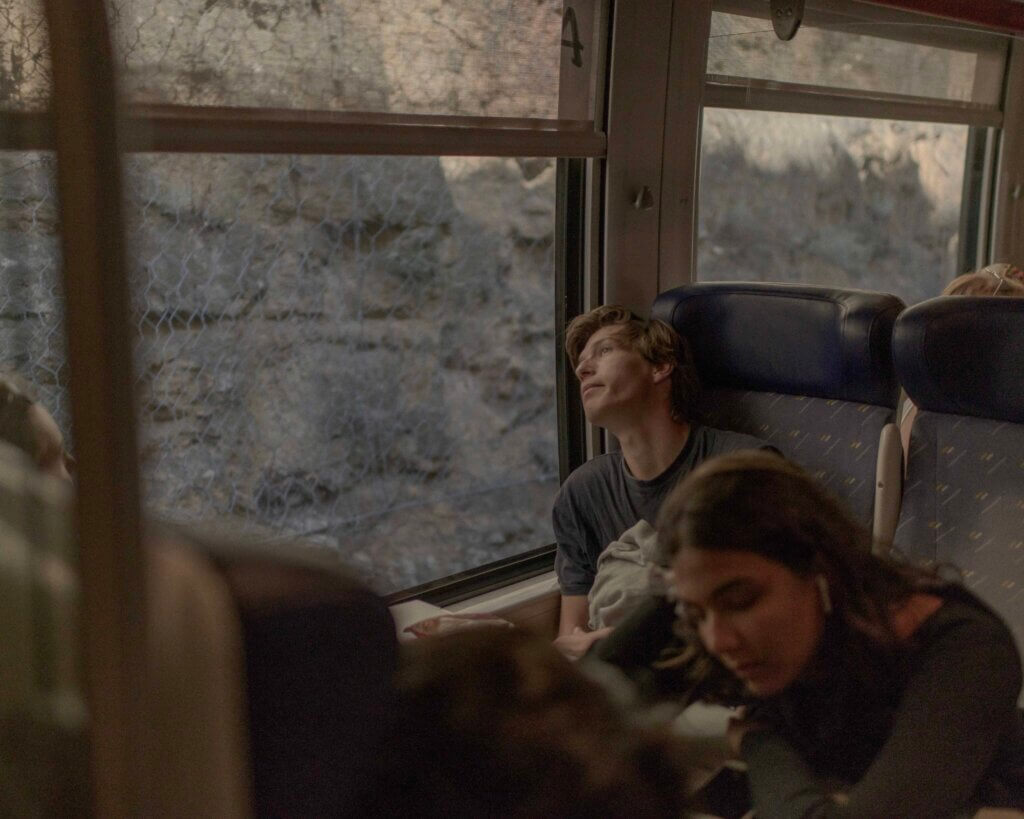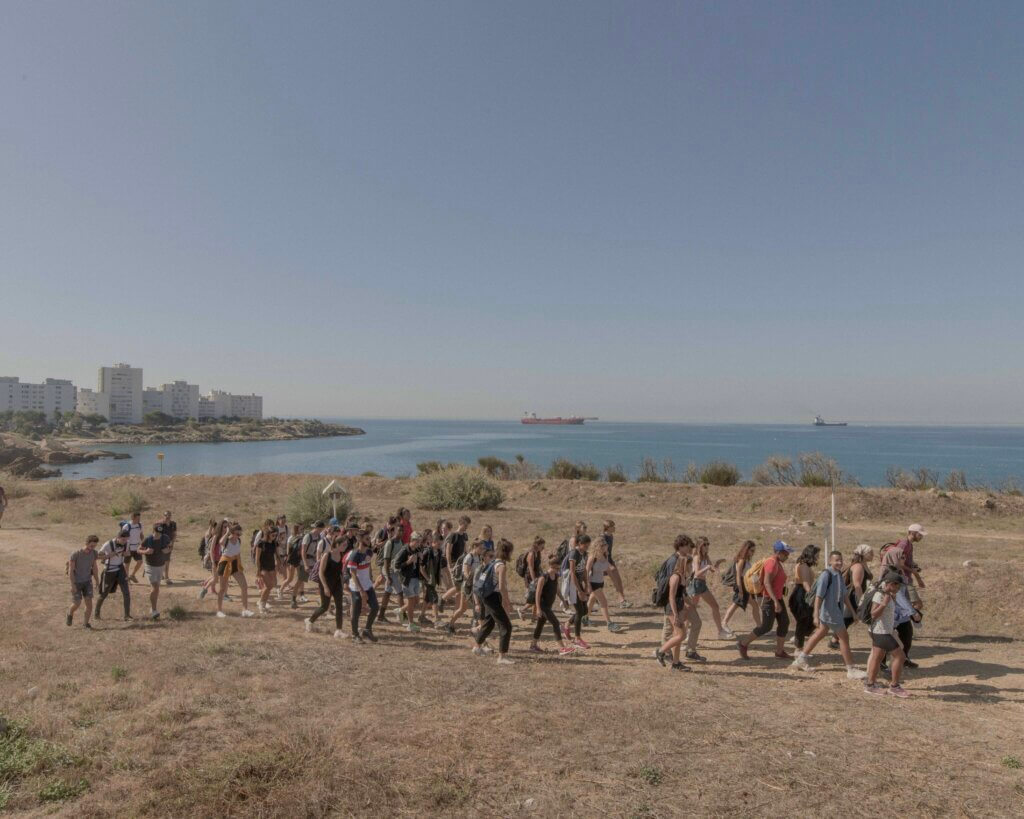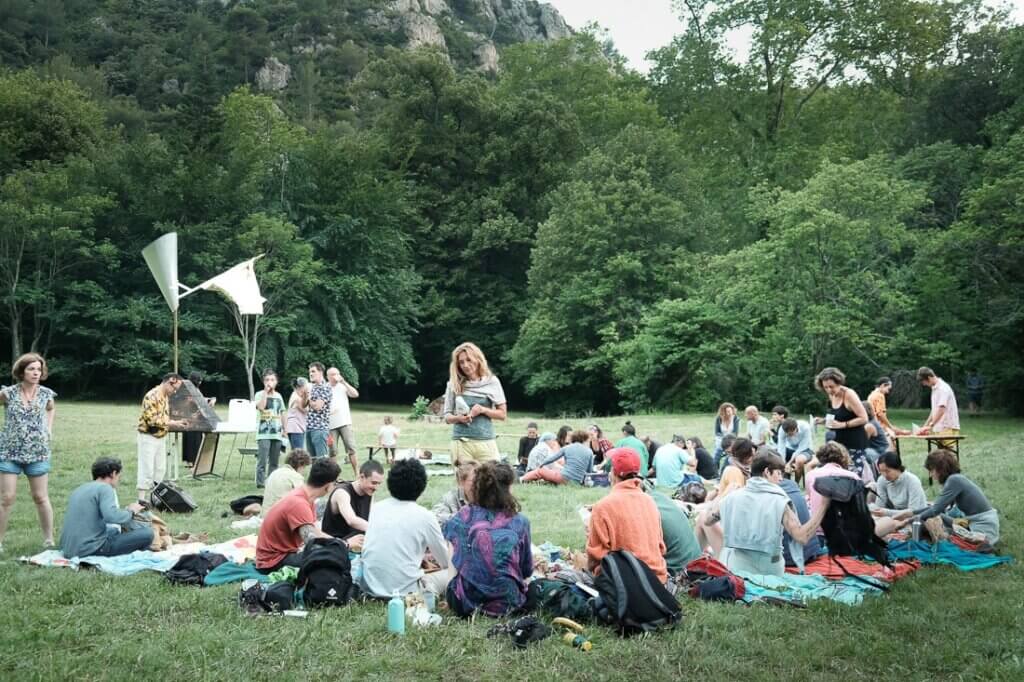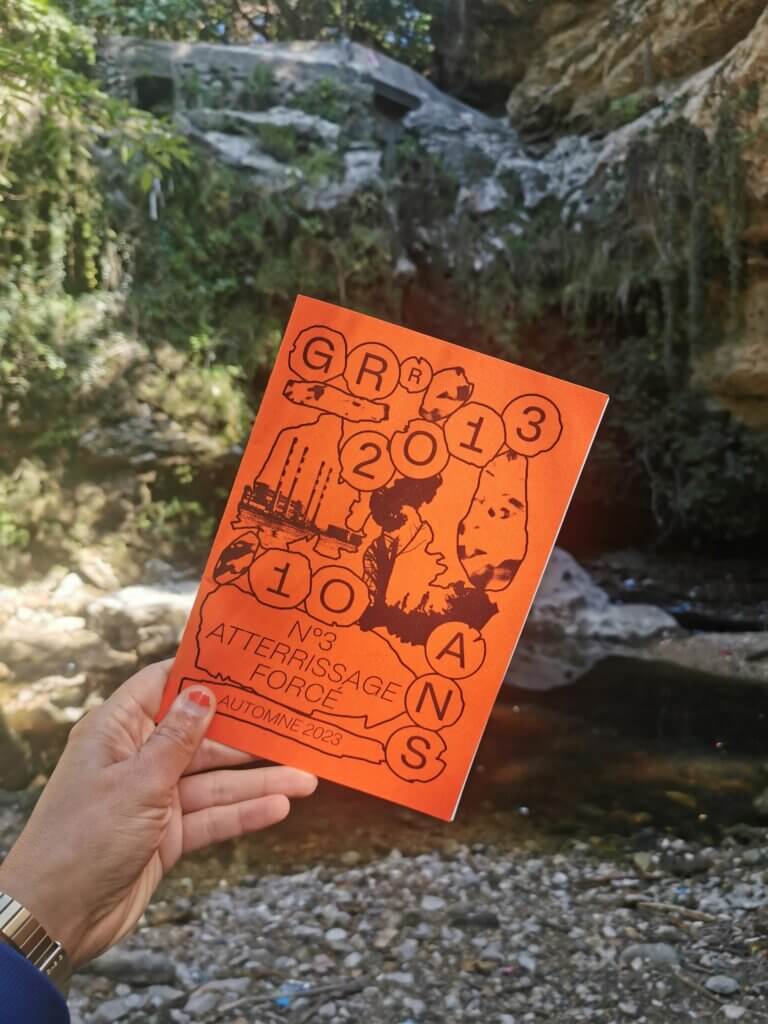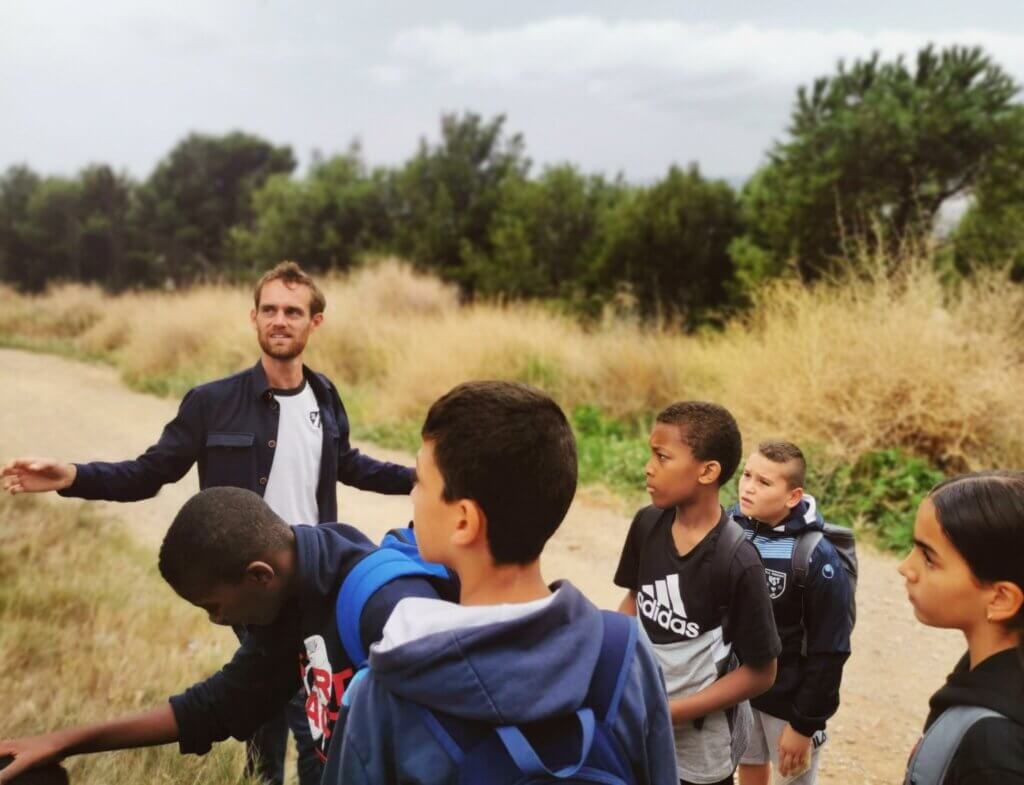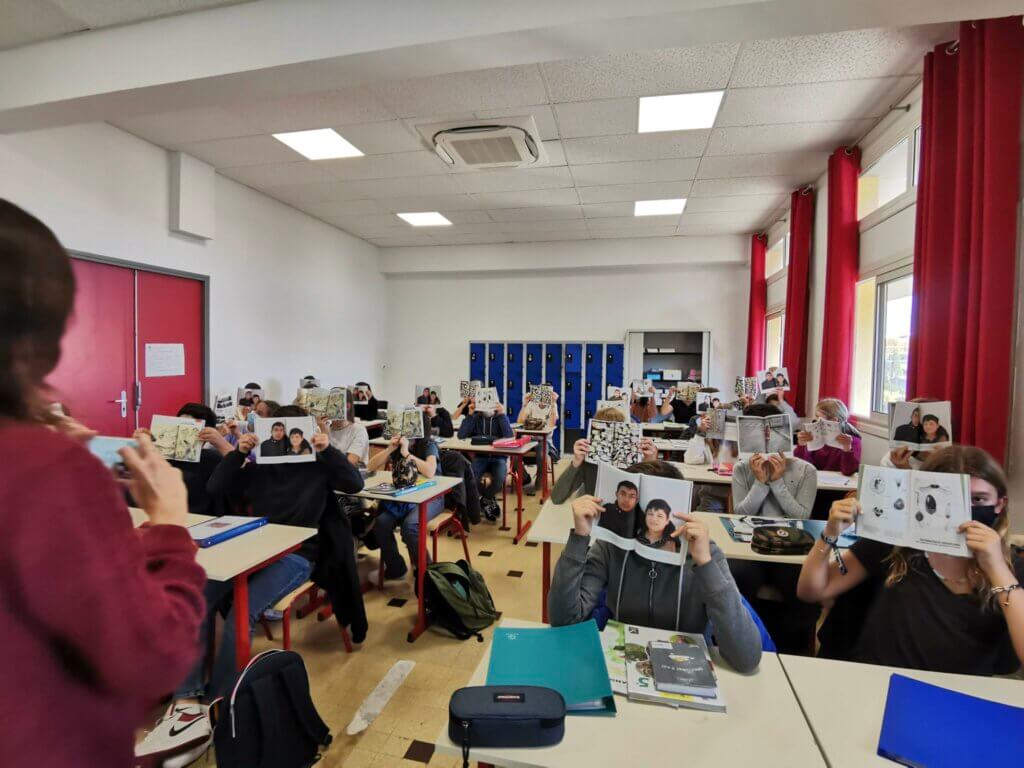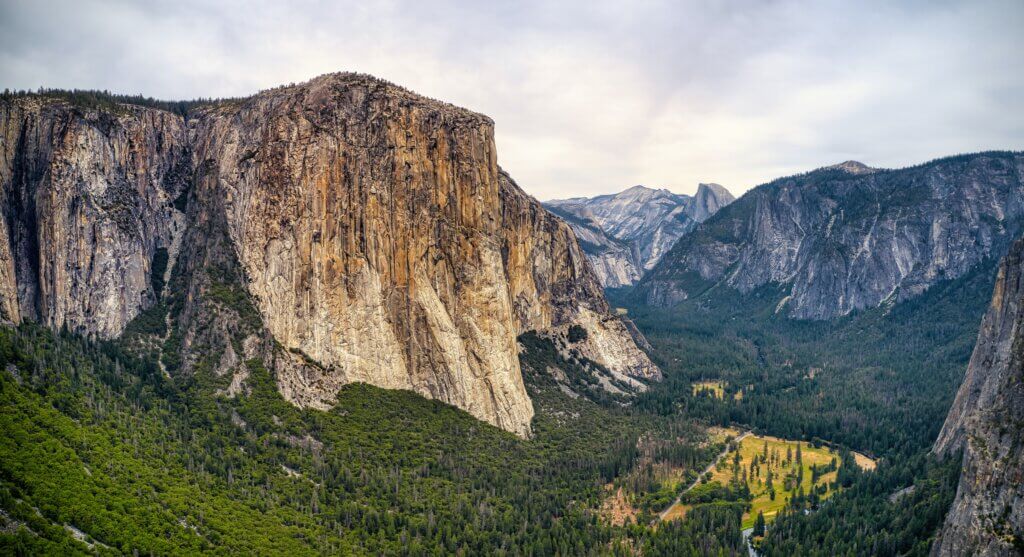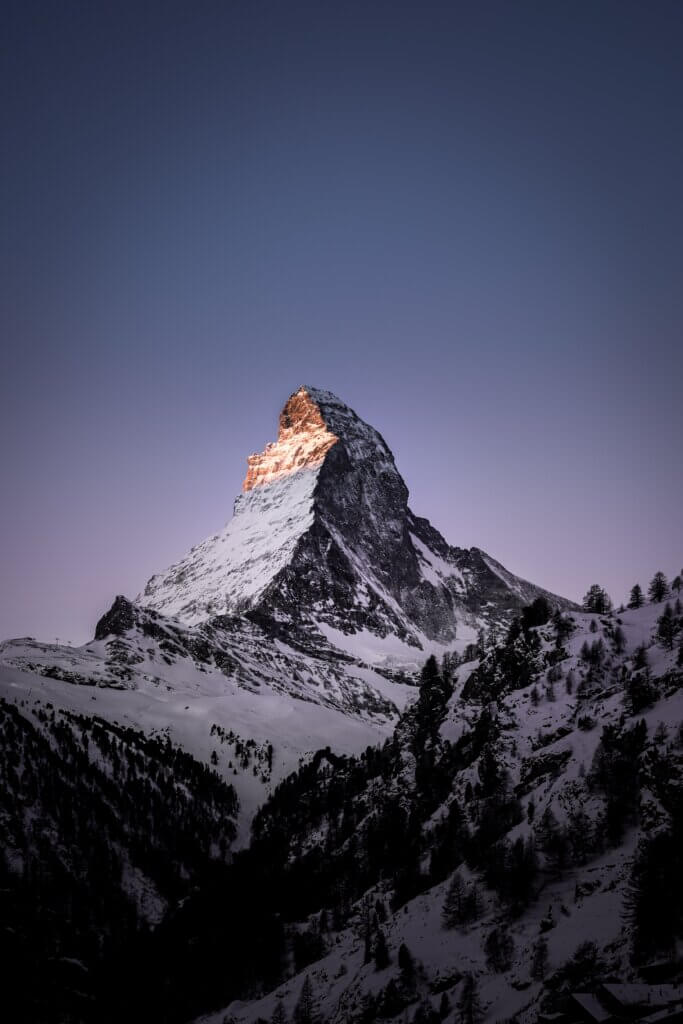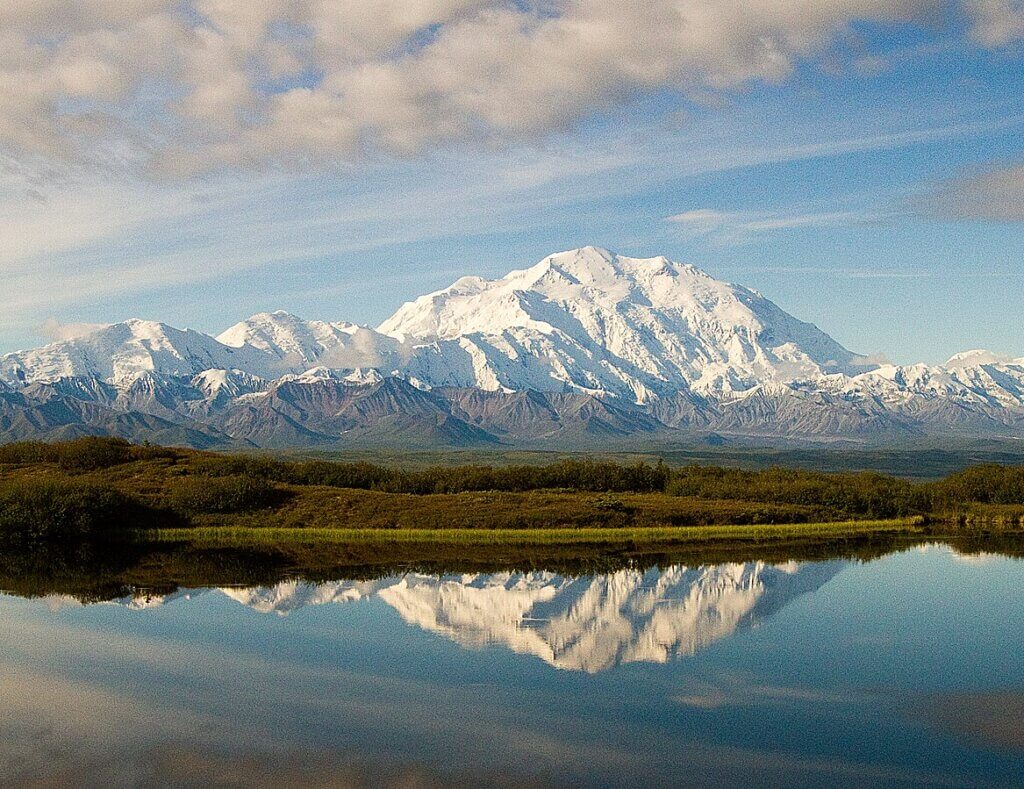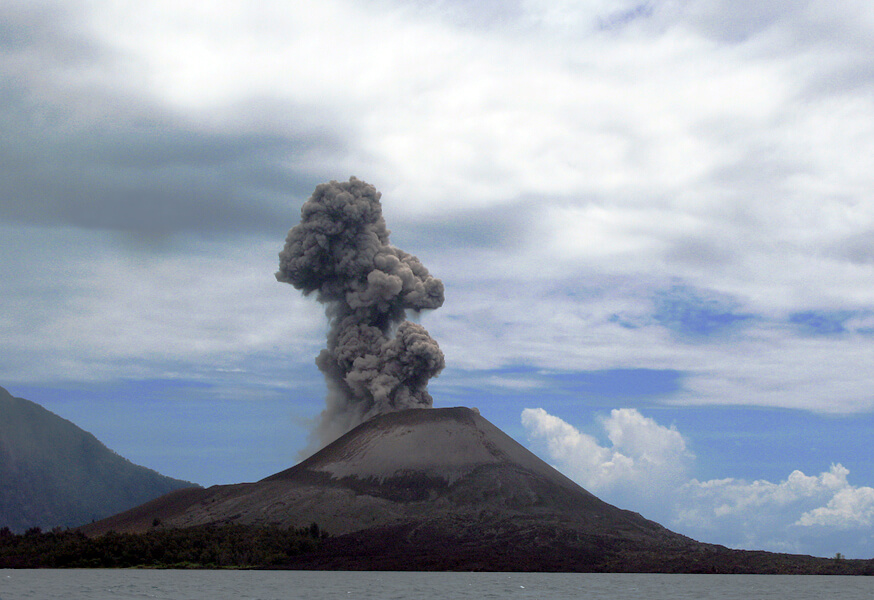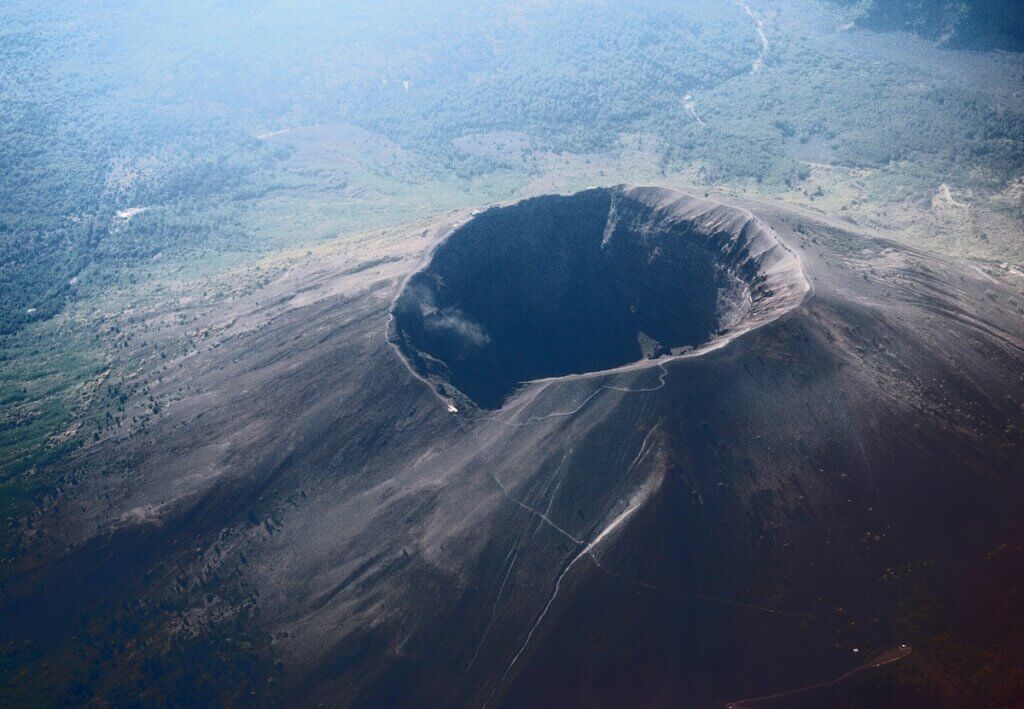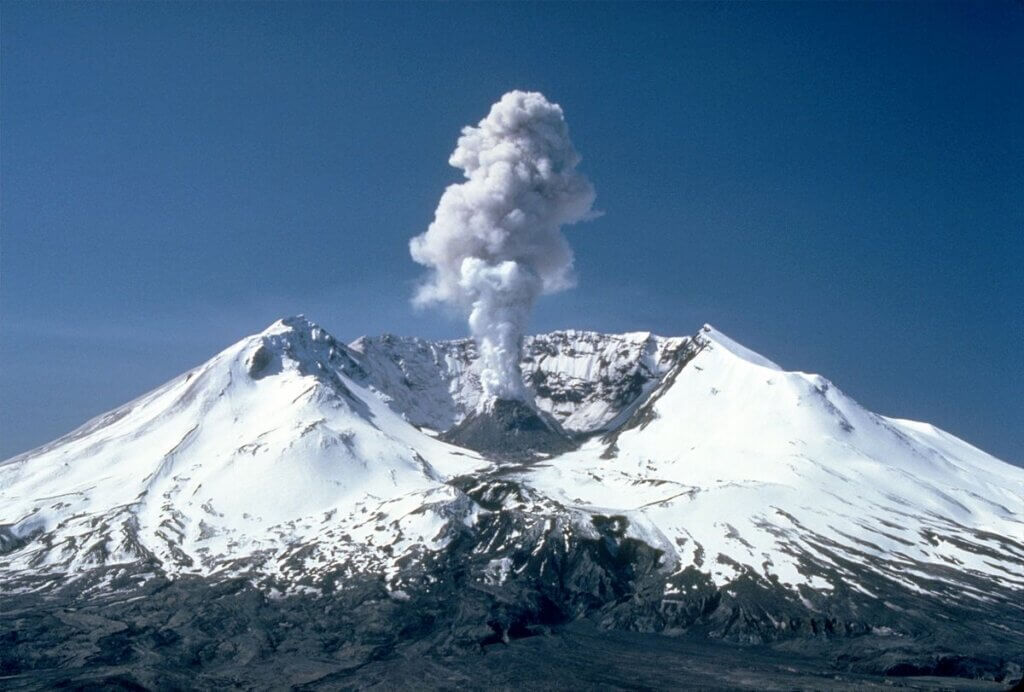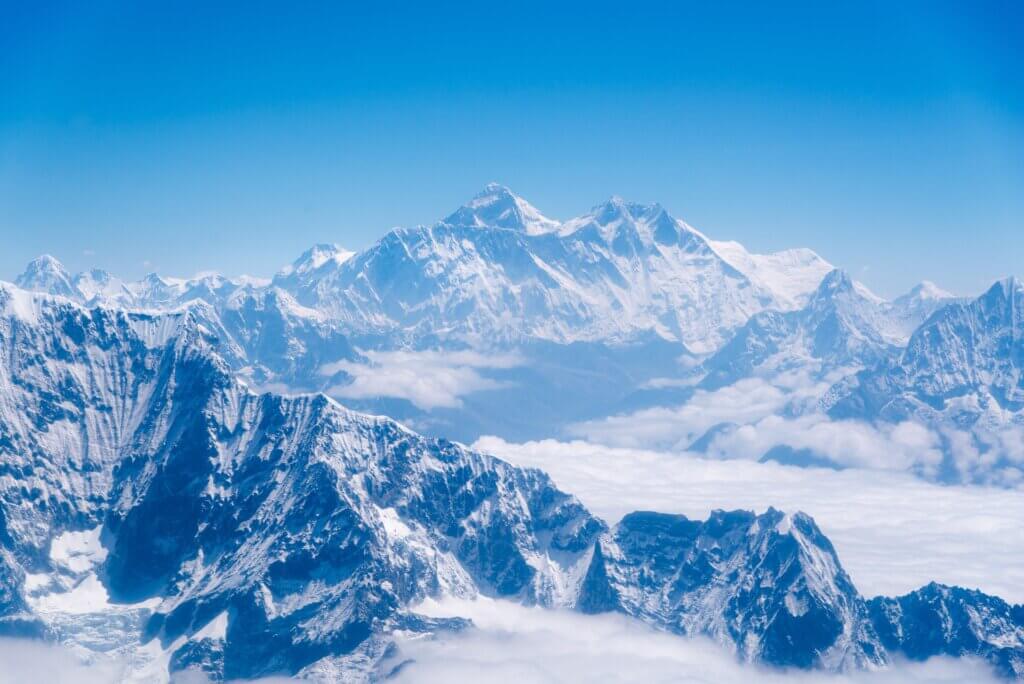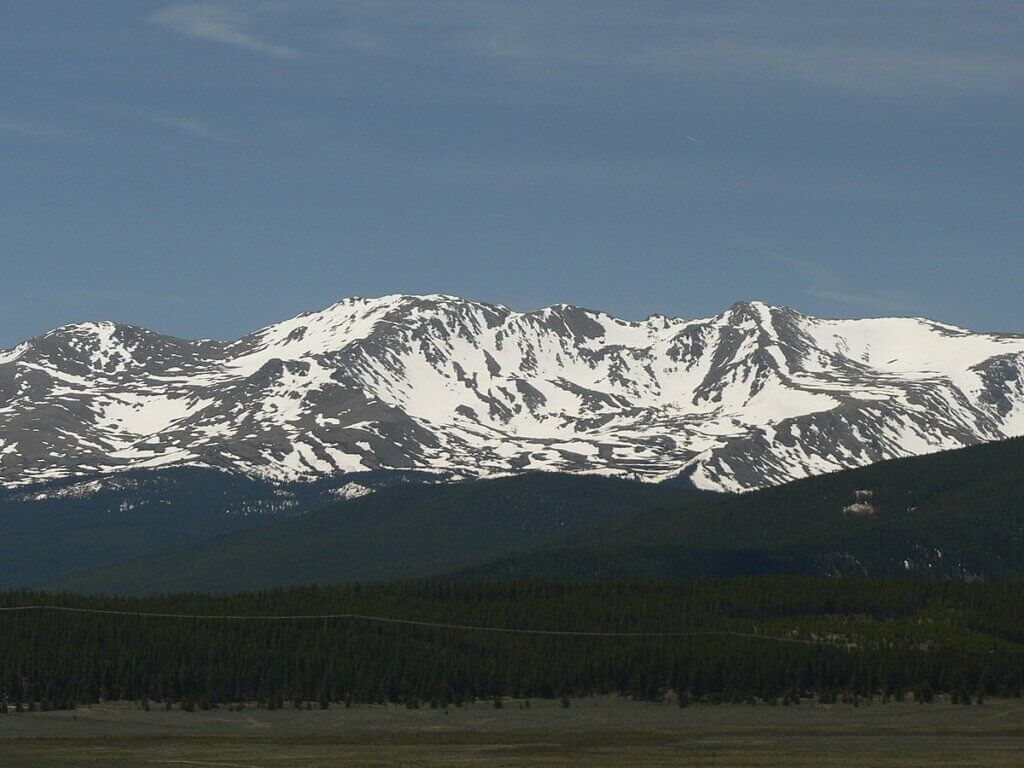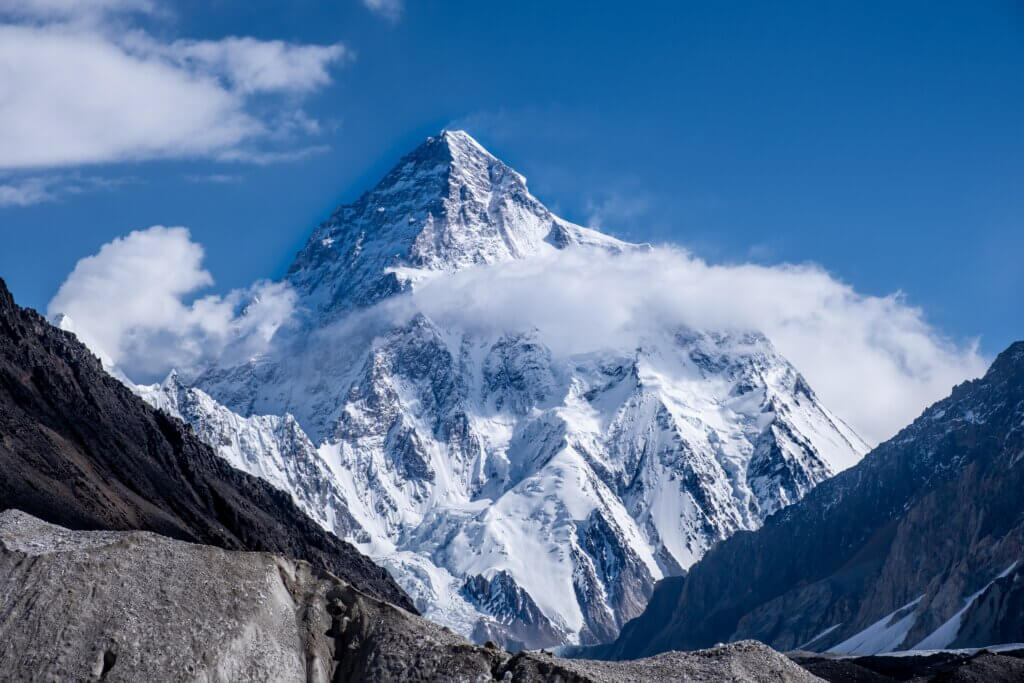Nestled amidst the breathtaking landscapes of Annecy, where alpine peaks embrace a serene lake, the Bureau des Guides d’Annecy stands as a testament to the fusion of nature and human endeavour. At the heart of this transformative journey is Jérémy Janody, a native of Annecy, whose own evolution mirrors the metamorphosis of the Bureau. Janody, originally not destined for the guiding profession, found his true calling in the mountains he grew up around. “I wasn’t meant to be a guide,” he reflects, “but the mountains have always been a constant in my life.” His transition from construction work to mountain guiding encapsulates a profound connection to his homeland’s rugged terrain.
Under Janody’s stewardship, the Bureau des Guides d’Annecy has flourished, transitioning from a modest club to a thriving entity, marrying the raw beauty of the Annecy region with the spirited adventure of mountaineering. This narrative is not just about guiding in the high mountains; it’s a story of passion, resilience, and the art of navigating both the literal and metaphorical peaks and valleys of life in the mountains.
Scaling Heights: The Unconventional Path of Jérémy Janody
Jérémy Janody’s journey to becoming a guide is as unconventional as it is inspiring. Born and raised in Annecy, Janody’s early life was steeped in the mountains’ presence, yet his initial career path led him into construction, particularly acrobatic work in mountainous terrains. “I’m more a guy from the construction sector,” he admits. This unique background, combining physical resilience and manual dexterity, inadvertently laid a foundation for his future in mountaineering.
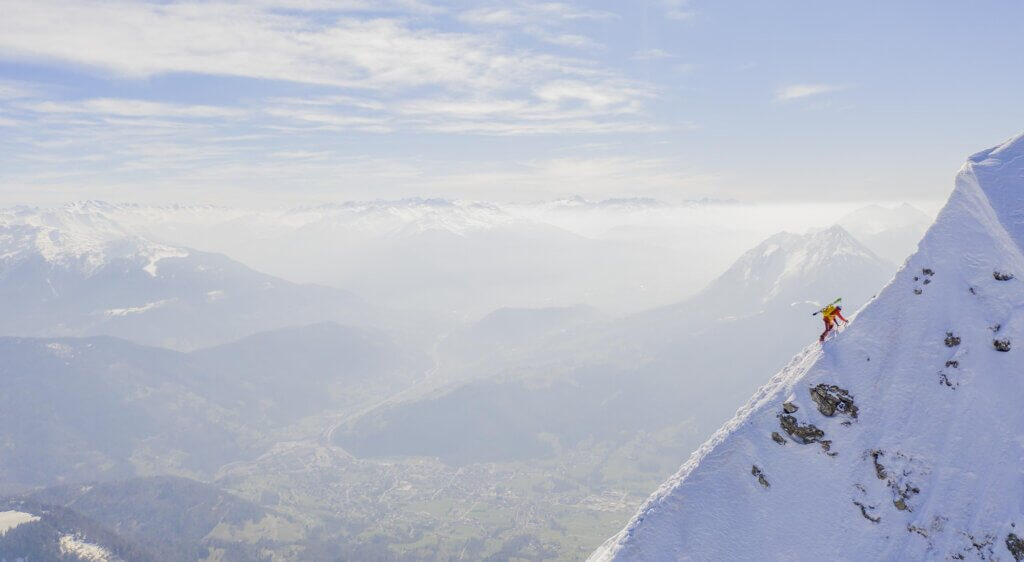
A pivotal moment came with his transition from amateur practices to professional guiding. Janody, who had been a steep skier, performing first descents in the Chablais and Mont Blanc massifs, realised the potential to turn his passion into a profession. In 2013, his journey culminated with his qualification as a mountain guide from the prestigious National School of Skiing in Chamonix.
Janody’s story is marked by his love for the mountains and a gradual yet profound shift from working on them to guiding others through them. His path reflects a deep-rooted connection with the Alpine environment.
From Humble Beginnings: The Remarkable Growth of the Bureau des Guides d’Annecy
The Bureau des Guides d’Annecy‘s history is a narrative of transformation and growth. Initially, it was a small entity, almost a club, generating a modest revenue of merely 5,000 euros. Janody describes the early days as “ridiculous in terms of business,” reflecting a lack of structure and vision. However, the turning point came in 2015 when Janody took the helm with his unique blend of mountaineering skills and project management experience.
Under his leadership, the Bureau underwent a dramatic metamorphosis. From rebranding with a new logo and website to forging partnerships with local institutions and outdoor brands, the Bureau expanded its horizons significantly. By 2023, it had scaled up to an impressive 300,000 euros in revenue, a testament to its successful evolution. This growth was not just financial; the Bureau developed into a well-structured organisation, employing a full-time secretary, bolstering its digital presence, and expanding its guide team.
Today, the Bureau stands as a beacon in the region, a symbol of the dynamic synergy between Annecy’s natural beauty and the adventurous spirit of its people.
Forging Ahead: Team Dynamics and Future Aspirations
The current composition of the Bureau des Guides d’Annecy reflects a diverse and dynamic team guided by a clear vision for the future. The Bureau celebrates diversity and skill by comprising twelve high-mountain guides, including women like Sophie and Elsa. “We are delighted to have women in our team,” Janody remarks, expressing a desire to balance the team’s gender representation further.
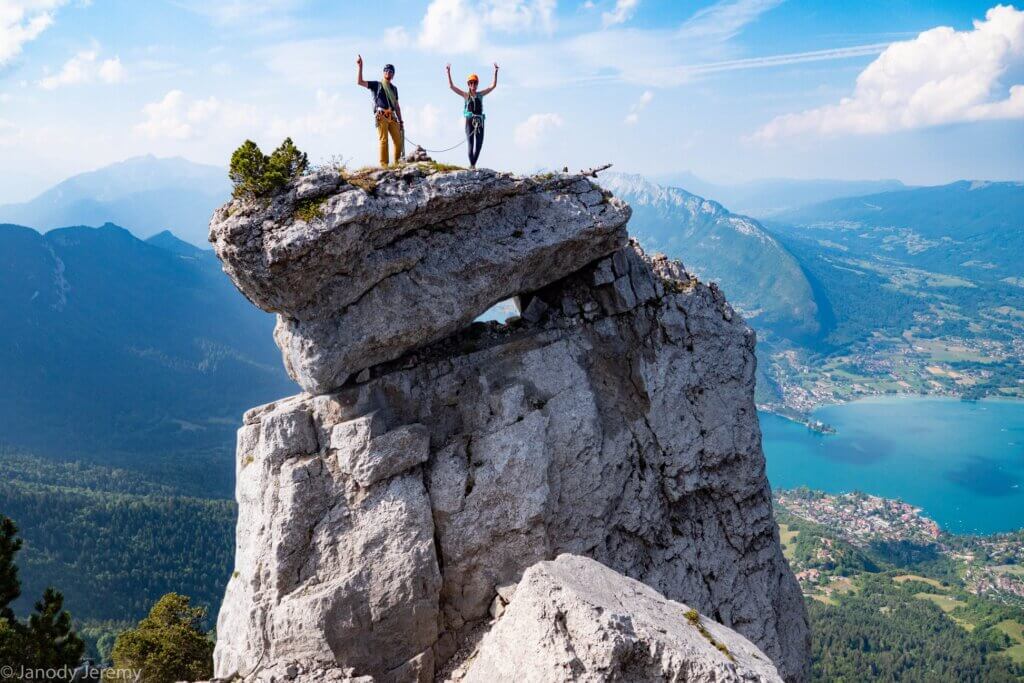
Janody envisions a stable yet responsive growth, aiming to maintain a size representative of Annecy’s community. “We have reached a size that represents Annecy,” he explains, indicating a focus on quality over unchecked expansion. This vision extends to welcoming new guides, particularly young talent, and fostering a culture of dynamism and motivation within the team.
As the Bureau looks forward, its strength lies in its ability to blend experienced guidance with fresh perspectives, ensuring its place as a pillar of mountaineering in the Annecy region.
Distinctive Trails: The Unique Identity of the Bureau des Guides d’Annecy
What sets the Bureau des Guides d’Annecy apart is its human-sized operation and eclectic approach to mountaineering. Unlike larger bureaus focused on iconic destinations like Mont Blanc, the Bureau embraces a broader spectrum of the Alpine experience. “Our heart of work isn’t just Mont Blanc; we have the capacity to be nomadic,” Janody explains, highlighting their ability to offer varied adventures beyond their local massif.
This versatility extends to adapting to changing conditions, an increasingly vital skill in the face of climate change. The Bureau’s agility in guiding choices based on real-time environmental changes underlines its commitment to safety and sustainability. This adaptability, combined with a diverse range of activities, positions the Bureau as a unique entity in the world of mountain guiding, offering bespoke experiences that resonate with the spirit of adventure and respect for nature.
Ascent Together: Building a Cohesive Team at the Bureau
The Bureau des Guides d’Annecy takes great care in assembling a team that possesses diverse skills and shares common values and ideals. Janody emphasizes the importance of adaptation in activities and team dynamics.
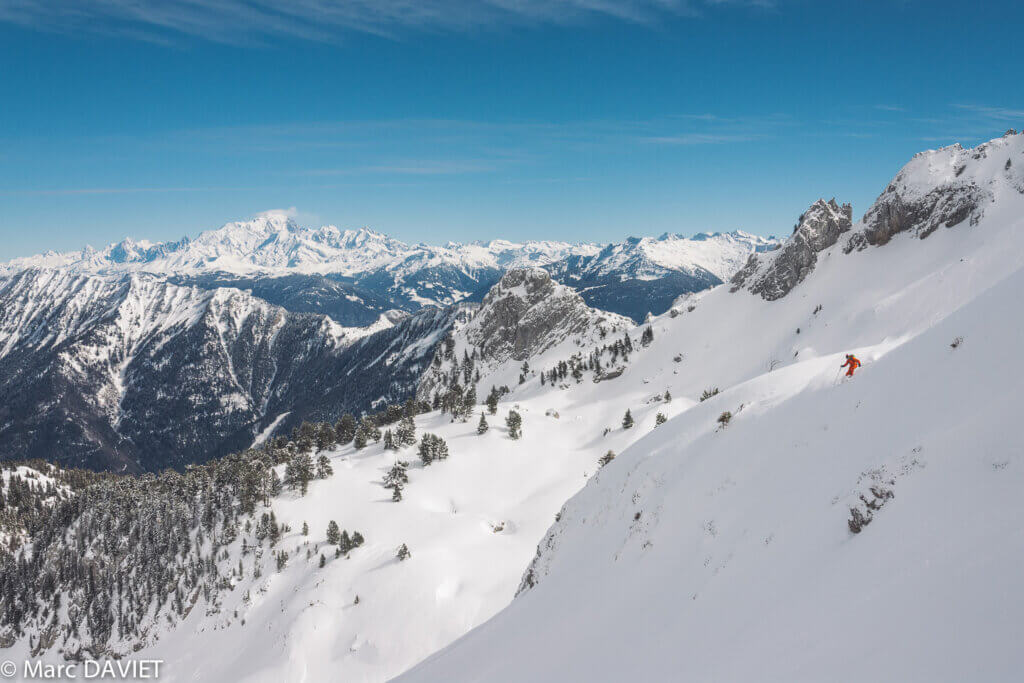
New guides undergo a probationary period of two to three years, during which they are assessed for their ability to integrate and collaborate effectively within the team. “It’s extremely important that the guides work well together,” Janody notes, underscoring the significance of a united and supportive team, especially in challenging situations. This rigorous selection and nurturing process ensures that the Bureau’s guides are not just skilled mountaineers but also cohesive members of a team dedicated to delivering exceptional and safe mountain experiences.
Summit Safely: Emphasizing Safety and Preparedness
Safety is paramount at the Bureau des Guides d’Annecy, and training forms the backbone of their operations. While the Bureau does not operate a specific rescue fund due to its size, it significantly emphasises individual guide safety and protection. “We focus enormously on guides’ individual protection,” Janody points out, stressing the importance of each guide’s personal safety measures.
This approach extends to rigorous training for both guides and clients, encompassing risk management, avalanche awareness, and emergency response. By equipping both guides and adventurers with the knowledge and skills necessary to navigate the unpredictable terrain of the mountains, the Bureau ensures that safety remains the cornerstone of every expedition.
Digital Peaks: Navigating the Impact of Social Media and Technology
In the era of digitalisation, the Bureau des Guides d’Annecy acknowledges the profound impact of social media and technology on mountaineering. Janody observes a significant shift in client behaviour and expectations, driven by the immediacy and accessibility of information online. “Social media has brought about an immediacy in people’s approach to mountaineering,” he notes, highlighting how this influences clients to seek last-minute bookings and react to conditions they perceive in real-time online.

This new landscape requires guides to manage not just the physical aspects of mountaineering but also the digital influences shaping clients’ perceptions and decisions. The Bureau adapts by ensuring its guides are skilled in navigating these modern challenges, balancing the traditional elements of mountaineering with the evolving digital world.
Mind Over Mountain: The Psychological Dimension of Guiding
The Bureau des Guides d’Annecy strongly emphasises the psychological aspects of guiding, recognising that managing human factors is crucial in mountaineering. Janody points out that most near-accidents or incidents are related to human factors, necessitating a keen understanding of psychology in guiding. “You’re managing behaviour in the mountains,” he states, underlining the importance of handling both one’s own and others’ actions and reactions.
This approach stresses the significance of not only physical preparedness but also mental readiness, ensuring that guides and clients are equipped to face the psychological challenges of mountain adventures.
Traversing New Terrain: Embracing Change in Mountaineering
The Bureau des Guides d’Annecy recognises the importance of adapting to the evolving trends in mountaineering. Janody himself reflects on this, noting, “It’s essential to live with the times.” This adaptive approach is evident in their embrace of modern techniques and equipment, which has revolutionised mountaineering, making it more accessible and safer. Janody sees the positive side of these changes, such as the increased emphasis on safety and preparedness.
However, he also stresses the importance of judgment and decision-making skills, underscoring that despite the advancements, the fundamental principles of mountaineering remain rooted in human capability and understanding.
Adventure Awaits: A Spectrum of Activities at the Bureau
The Bureau des Guides d’Annecy offers an extensive range of activities and programs to cater to a diverse clientele. Their offerings include classic alpine pursuits like hiking via Ferrata, climbing, and alpinism, as well as more specialised activities like canyoning, ski touring, freeride skiing, and ice climbing.
The Bureau also conducts safety training courses, highlighting its commitment to equipping adventurers with essential survival skills. These activities are tailored to different skill levels, from beginners to experts, ensuring that every participant finds a challenge suited to their experience. This array of programs embodies the Bureau’s philosophy of inclusivity and passion for mountain adventures.
Beyond the Peaks: Extraordinary Expeditions with the Bureau
The Bureau des Guides d’Annecy offers not just local adventures but also special expeditions that transcend the familiar landscapes of the French Alps. These journeys are for the truly adventurous, extending to exotic destinations like the snowy expanses of Norway and the dramatic terrains of Iceland.

These expeditions, such as ski touring in Norway’s Finnmark and exploring the Troll Peninsula in Iceland, are designed for more experienced adventurers, offering unique challenges and breathtaking experiences. These journeys represent the Bureau’s commitment to providing a broad spectrum of mountaineering experiences, inviting clients to explore the world’s majestic mountains beyond Annecy.
Summiting Success: The Bureau des Guides d’Annecy’s Vision Forward
The journey of the Bureau des Guides d’Annecy, under the leadership of Jérémy Janody, is a narrative of growth, adaptability, and passion for the mountains. From its modest beginnings to becoming a key player in the mountaineering community, the Bureau stands as a beacon of excellence in guiding, safety, and adventure. Embracing modern trends while honouring traditional values, it continues to inspire and lead in the ever-evolving landscape of mountain exploration.
As it looks to the future, the Bureau remains committed to fostering a love for the mountains, ensuring that each adventure is as safe as it is exhilarating.

